It was once assumed that the human brain was nothing more than a cooling center. Seriously, this was assumed by the likes of Socrates. Most assumed the heart was the thing that explained how we thought. This is why sayings like “thinking with your heart” came to be.
This is also the very reason why most early armors were concerned with the chest and less about the head. Of course, keep in mind that the torso is also a much larger target too. Later on, protecting the head became paramount in war. People have now comprehended the human brain’s true job for centuries.
The real question mark for most people is, quite simply, how does it all work? Yet when this is explained a bit, more questions begin to arise. It’s a rabbit hole to travel down for sure. Why do we have this thing? Why is it that we seem to be the only truly advanced species on the planet? How did humans evolve to possess something so much more powerful than others?
To answer all of these questions, it is likely that we’ll need to start from the beginning. Moreover, we’ll need to go down through history and mention all the major knowledge we gained about the brain. We’ll also need to explain how each area works, why they’re critical to our health and life overall, how they are important to us and much more.
That’s right people, we’re going to do a deep dive into the human brain! We’ll go over the history of everything we know, as well as the brain itself. In fact, we’re going to explain it all so well that a 5-year-old could understand it. Now, let’s get started!
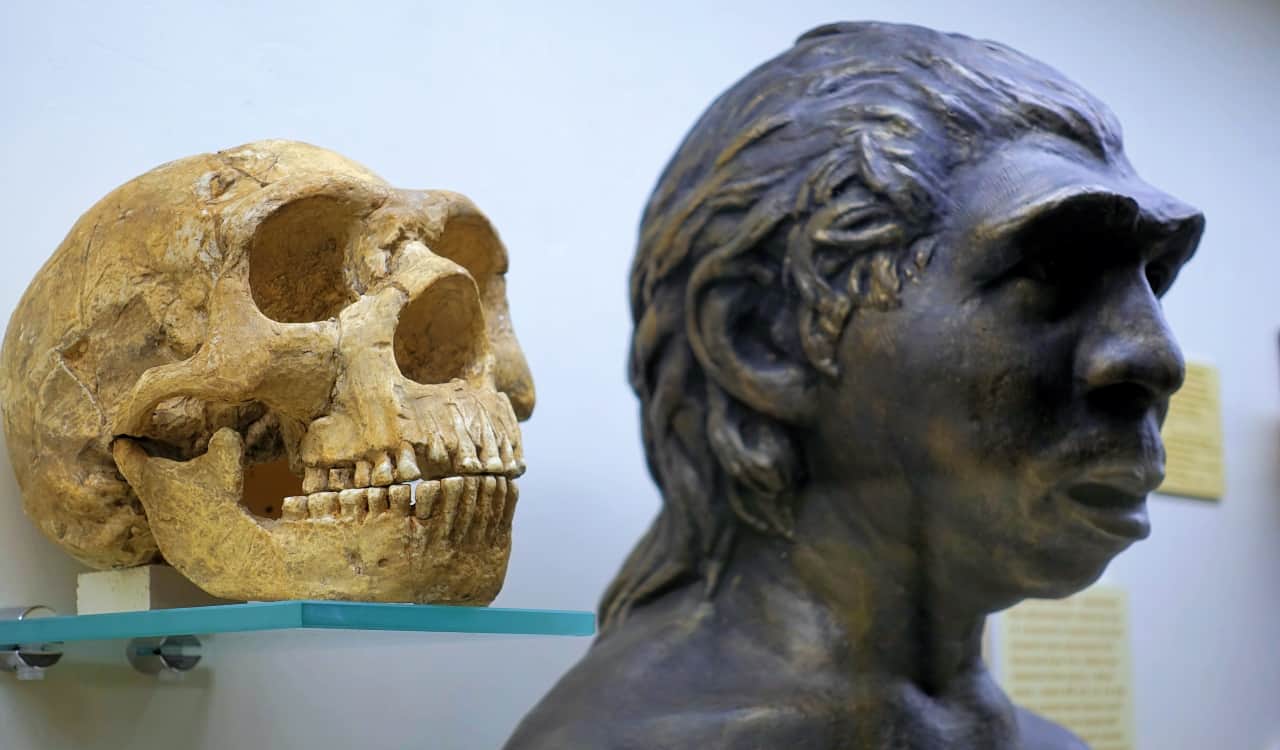
Evolution Of Human Brain Size
It is quite obvious by now that the human brain was not always like it is today. In fact, they have actually gotten smaller in size overall compared to how they looked tens of thousands of years ago. We now have the literal smallest brain we’ve ever had, at least since we were able to become primates.
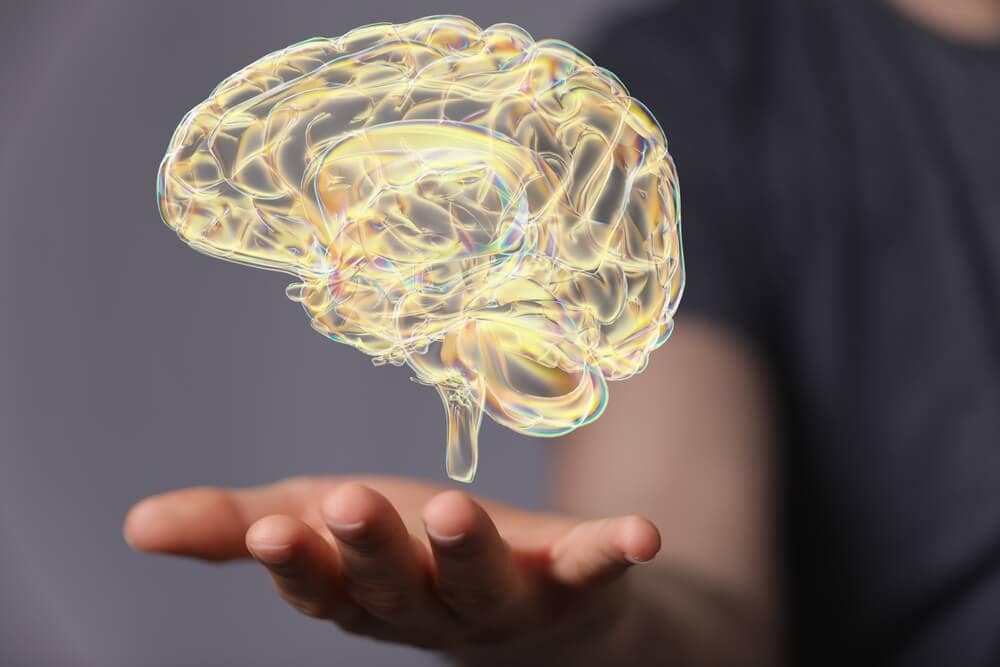
This is a pretty cool thing to learn because for so long people assumed that the bigger a brain was, the smarter a person would ideally be. Yet we now know this is not the case. In fact, here are highly intelligent people with brains that are nowhere near the size we saw in just the Neanderthal, much less those before that.
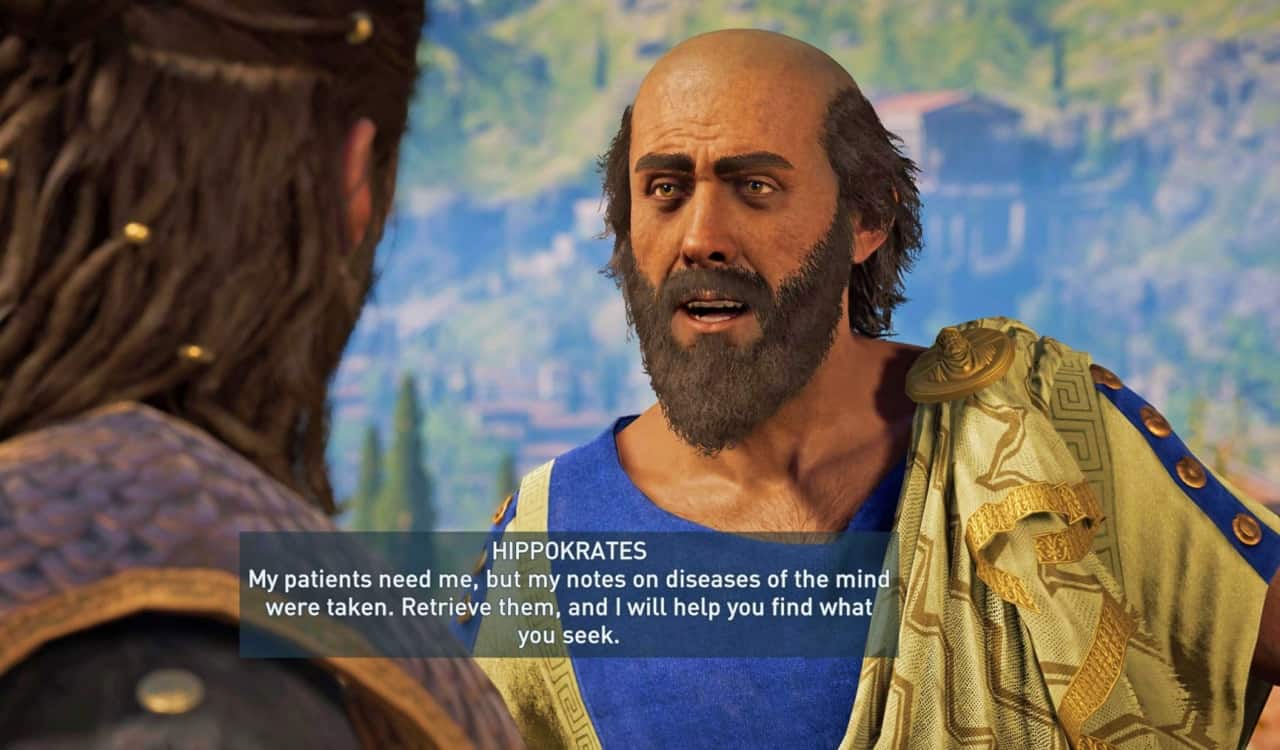
Hippocratic Hope
Hippocrates, a notable ancient Greek Physician, was really one of the first to get it right. He is often called the father of Neuroscience as a result. The man was able to uncover all of his concepts over 2,500 years ago without much to go on other than testing. Of course, it was minor testing at that. Unlike others of his time, Hippocrates believed that the human brain was not a cooling system.
Rather, he felt it was the seat of all thought, sensation, emotion, and cognition. This was slowly adopted into basic thought in the medical community. This is a pretty big deal because he was able to uncover something with only a bit of expertise in the area. Keep in mind, this was before major autopsies had been done. Therefore, Hippocrates had to go off of what he noticed and could hypothesize.
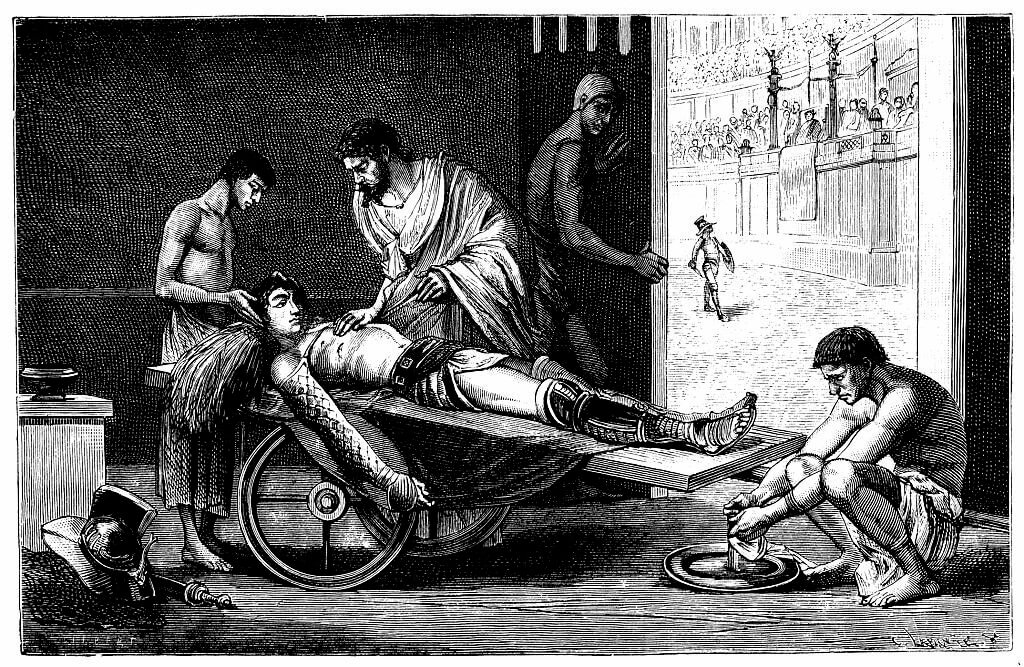
Galen’s “Interesting” Discoveries
Galen, a very respected physician during his time, was considered for a century to be an unquestioned medical genius. He was so influential that his books and overall work were taught in medical schools for over 1,000 years after his death!! Galen once claimed that the human brain had three ventricles. Of course, we now know there are more but he was sort of onto something here.
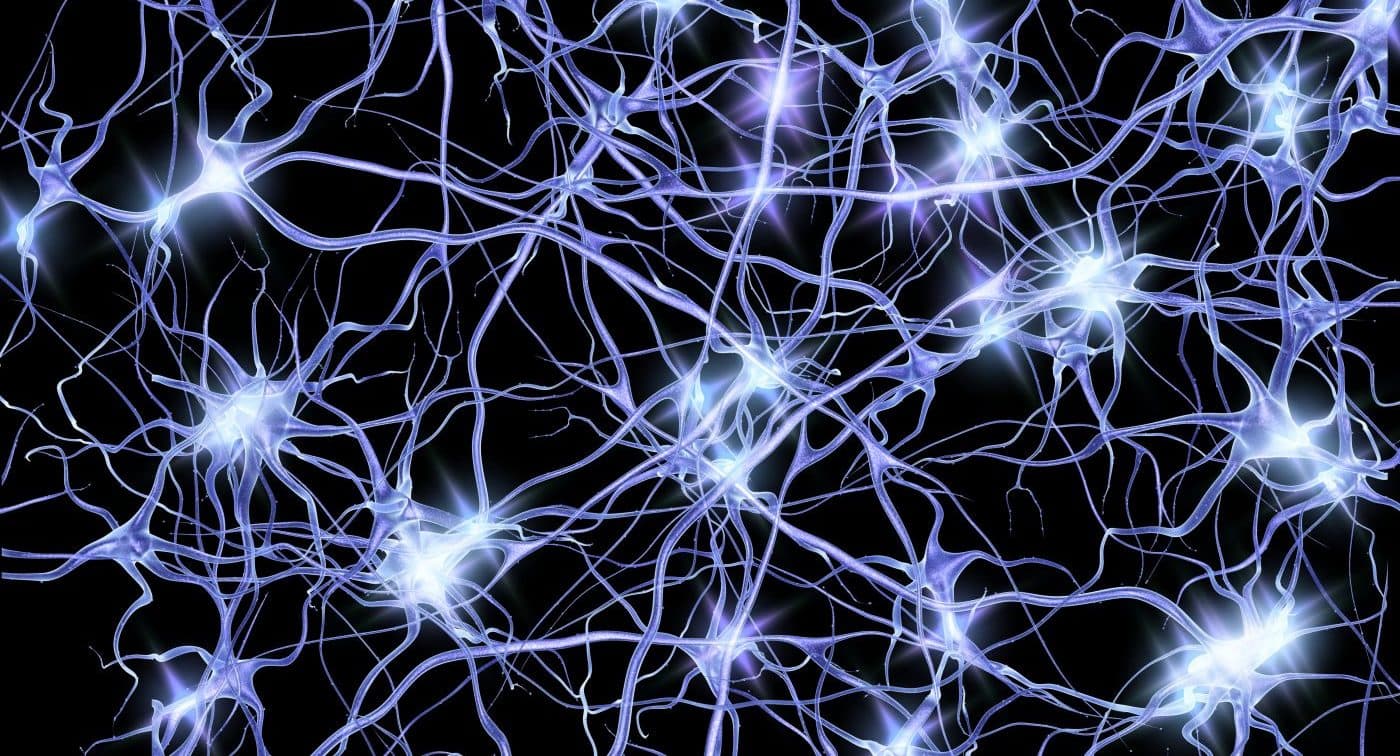
On top of all of that, Galen claimed that a ventricle was responsible for imagination, reason, and memory. Although, Galen was also a bit close when he said that the brain was able to control activities by pushing brain fluid from the ventricles through the nerves to other organs. While he had some good ideas, some of his other concepts were, shall we say, “weird” at best.
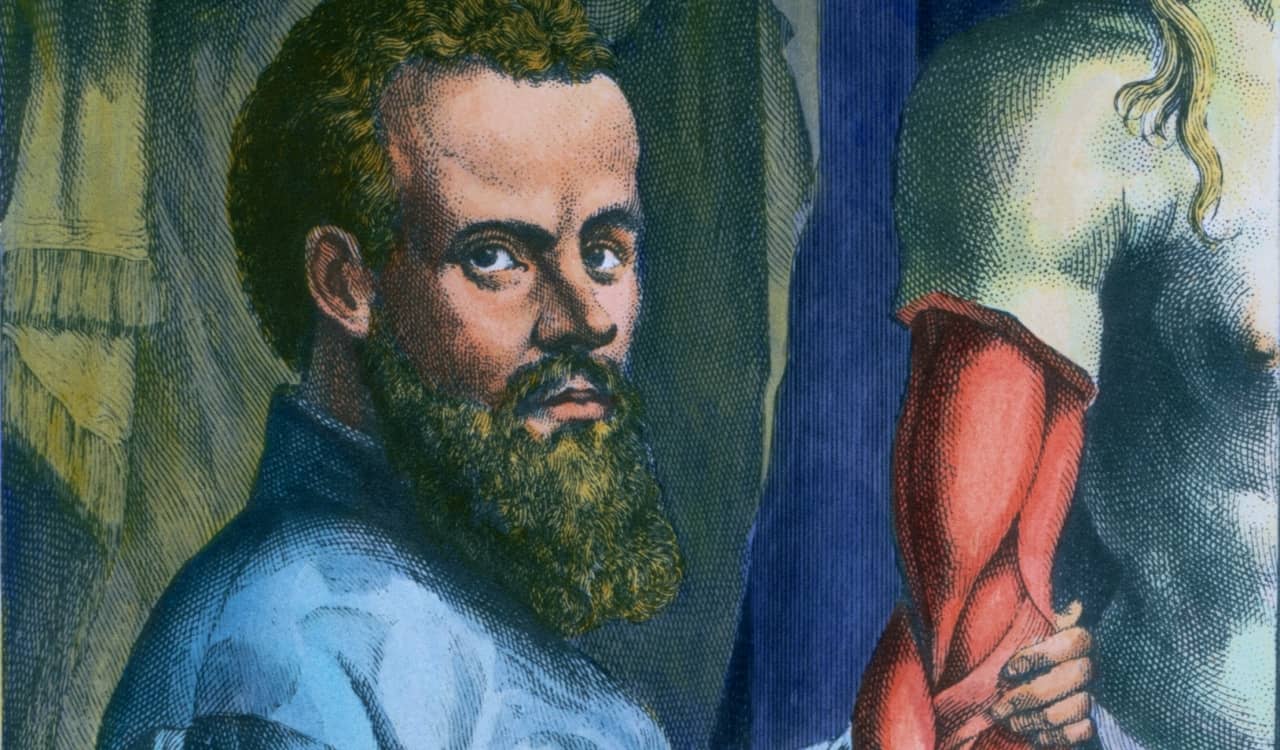
Along Came Andreas Vesalius
Until Andreas Vesalius came along, no one considered questioning Galen’s ideology. Vesalius felt Galen was wrong, but it was illegal to open up a deceased body during this period of the 16th Century. We just came out of the Dark Ages. Vesalius eventually got his hands on a body and examined it. He found that Galen never really tested a human body but, rather, worked with animals and naturally assumed humans were the same.
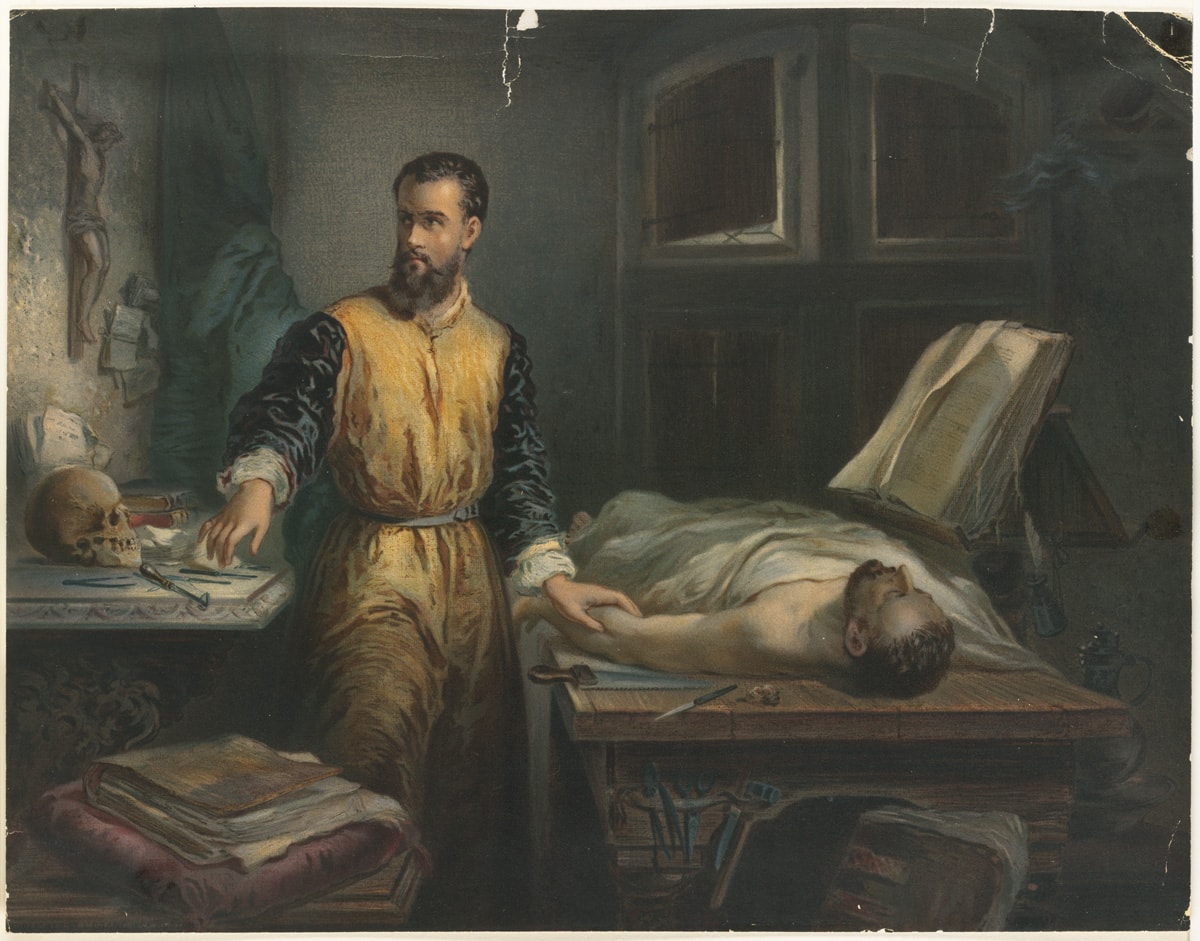
This includes even assuming their brains were like our own. All of this enraged Vesalius, so he made it his life’s mission to disprove Galen’s ideology. He’d get credit for this after releasing his book, of course. Even then, some overlooked his concepts until the 17th Century. Others taught his findings alongside Galen’s. His book De Humani Corporis Fabrica (On the Fabric of the Human Body), is still notable in the medical community to this day.
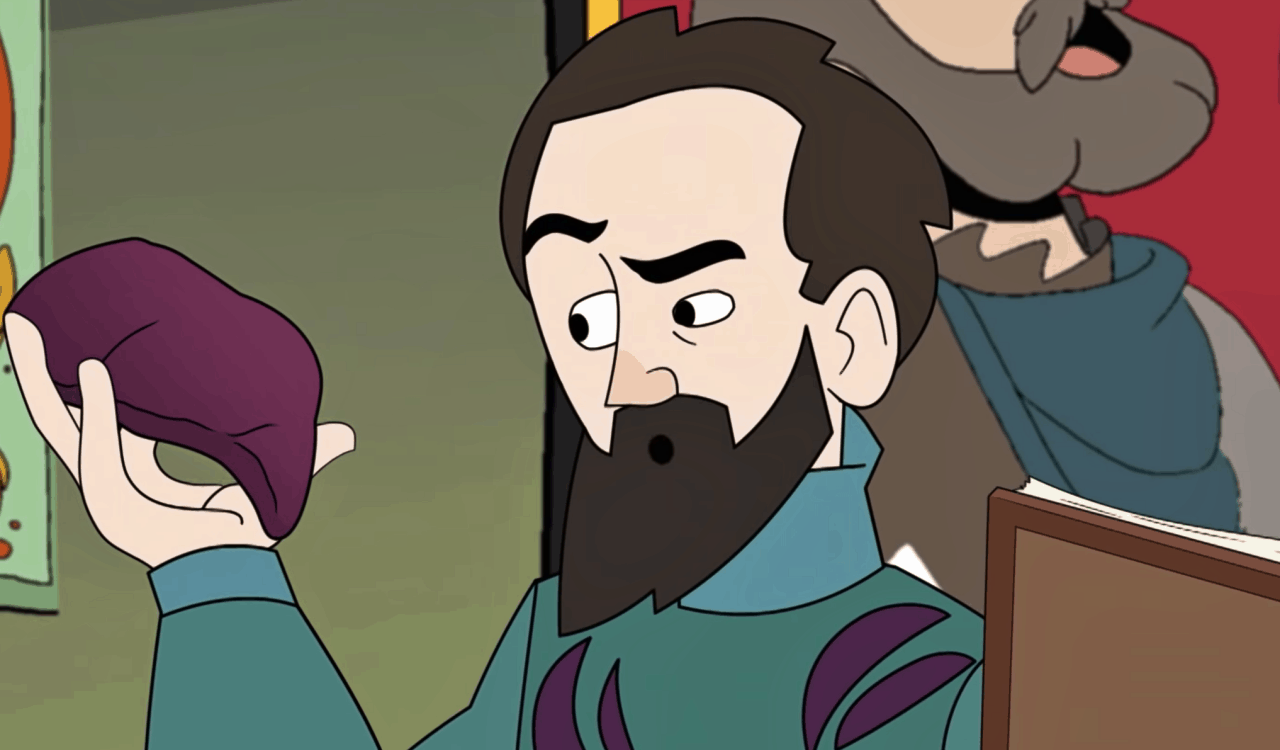
Vesalius’ Brain-Related Discoveries
While Vesalius took down sketches of the human brain and even wrote about how he felt things worked. This includes our understanding of the Nervous System as he pretty much wrote the literal book on nerves. All of this is still considered to be factual information to this day.
Andreas found that the nerves played a vast role in the body. He defined a nerve as being what transmitted sensation and motion, which is pretty much the case today but was a huge divert from the present time (mid-to-late 1500s). Before Vesalius, only 3 nerve units were known to be present. Today, we mostly discuss this in relation to Neurons, and the human brain has over 100 billion of those.
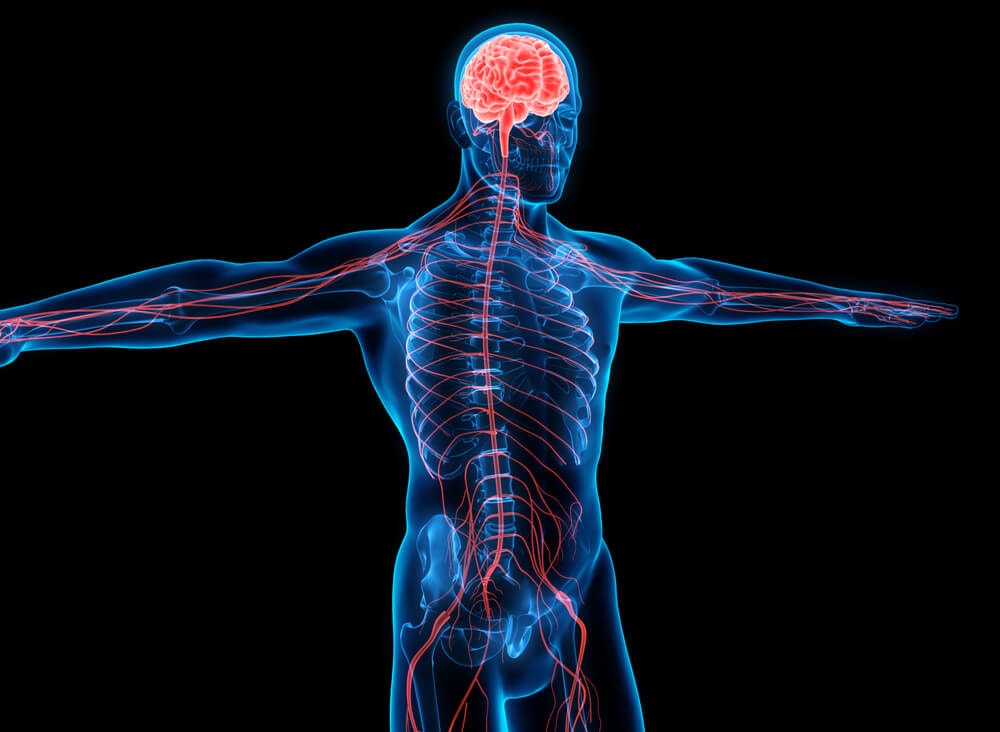
He also felt confident that the brain and nervous system overall were the centers of the mind and emotion. This connected more with Hippocrates. On top of this, he felt the nerves did not come from the heart but rather, from the brain. This was already known of but silenced when the Catholic Church adopted Aristoletelian beliefs. Today, Vesalius is known as the father of Neurophysiology due to his massive discoveries.
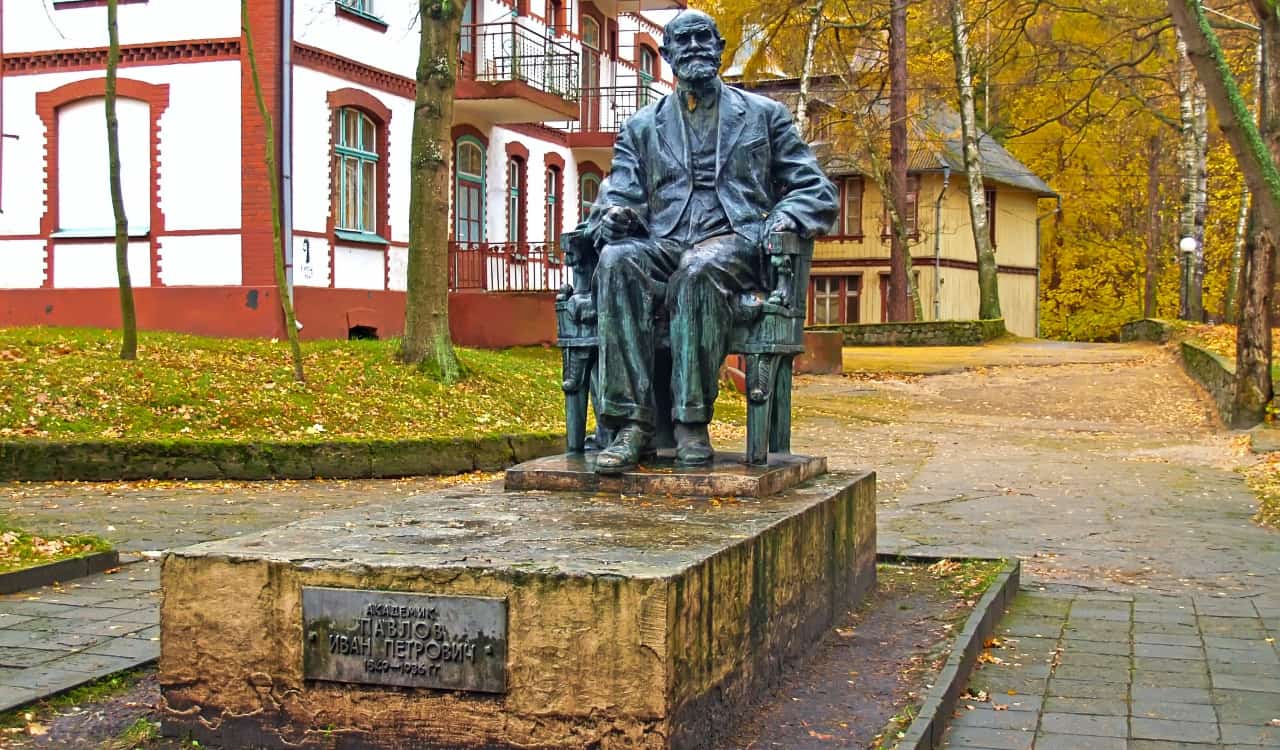
Moving Into The Current Generation
The science behind the human brain is significant. This is from both a hard science & soft science perspective. It seems that our generation has mostly focused on the soft science approach far more due to much of the hard science stuff already being settled.
After Vesalius’ work, however, hard science research didn’t end. We’re still discovering new things about the human brain all the time. Many men and women deserve credit for what they were able to find. That said, here are a few and their discoveries.
Major Figures & Their Inventions/Discoveries:
- Luigi Galvani, Lucia Galeazzi Galvani, & Giovanni Aldini (discovered the role of electricity in the nerves)
- César Julien Jean Legallois (defined a specific function in the brain region, Medulla Oblongata)
- Charles Bell and François Magendie (found ventral roots in spine transmit motor impulses & the posterior roots receive sensory input)
- Jean Pierre Flourens (developed method for carrying out localized lesions, offered how it affected motricity, sensibility, and behavior)
- Emil du Bois-Reymond, Johannes Peter Müller, & Hermann von Helmholtz (showed neurons are electrically excitable, meaning their activity affected the electrical state of other adjacent neurons)
- Phineas Gage (became a case study between prefrontal cortex & executive function after piercing frontal lobe)
- Dr. Broca & Bicêtre Hospital (found lesions on the frontal lobe of the left cerebral hemisphere can lead to paralysis/loss of speech)
- John Hughlings Jackson (deduced organization of the motor cortex by watching epileptic seizure patients)
- Zacharias Janssen (invented the microscope)
- Camillo Golgi (development of staining procedure)
- Santiago Ramón y Cajal (found the relationship between nerve cells was not continuous, or a single system, rather they were contiguous)
- Ivan Pavlov (Classical Conditioning)
- Alan Llyod Hodgkin & Andrew Huxley (presented a mathematical model for transmission of electrical signals in neurons)
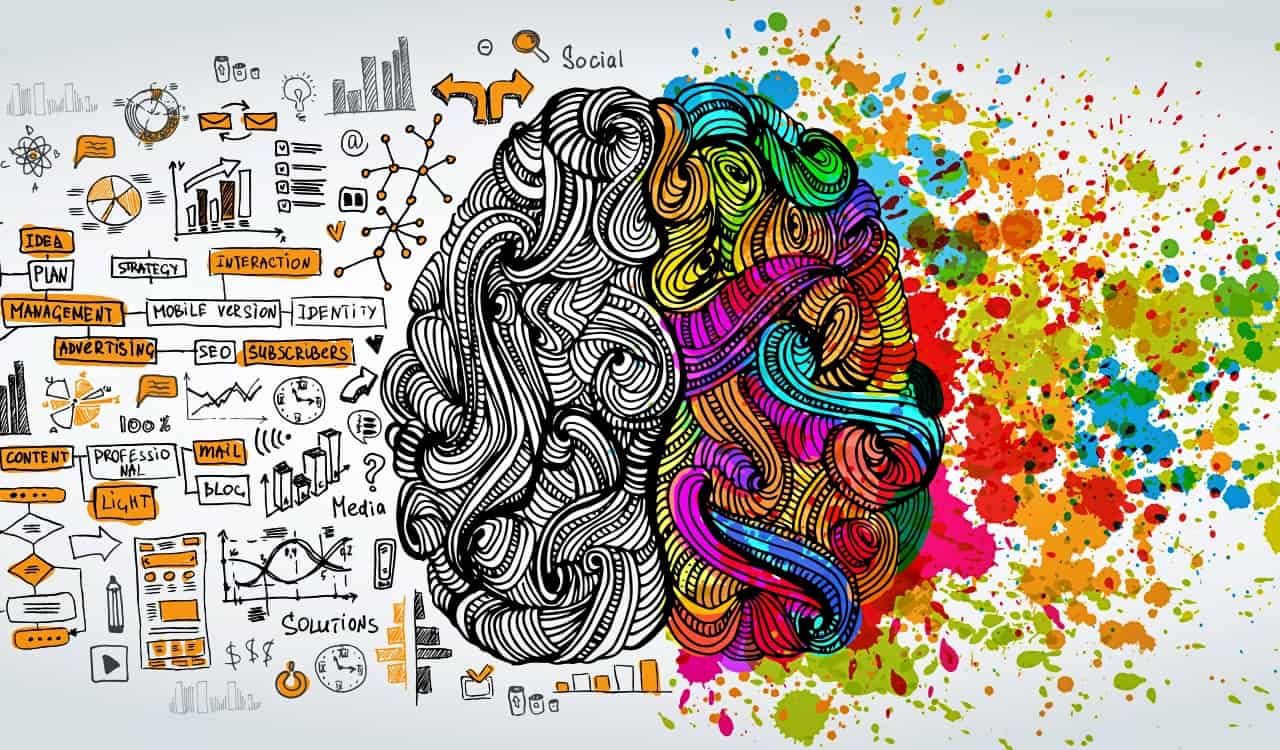
The Human Brain As We Know It Today
There’s a lot of information on the human brain that we’ll need to break down. While we know a lot about the brain today, it would be impossible to go over everything. Some stuff is simply not as important, so we will leave a lot of that out. The important stuff will revolve around the parts of our brain, what they do, and why they do it.
Some of this stuff will be pretty easy stuff that you might already know. Other stuff, however, could be eye-opening and possibly even new information for some. Regardless of where you are on this spectrum, we hope we offer some interesting information that you can send your friends. Especially, if they claim something about the brain you know to be untrue. What do we know today?
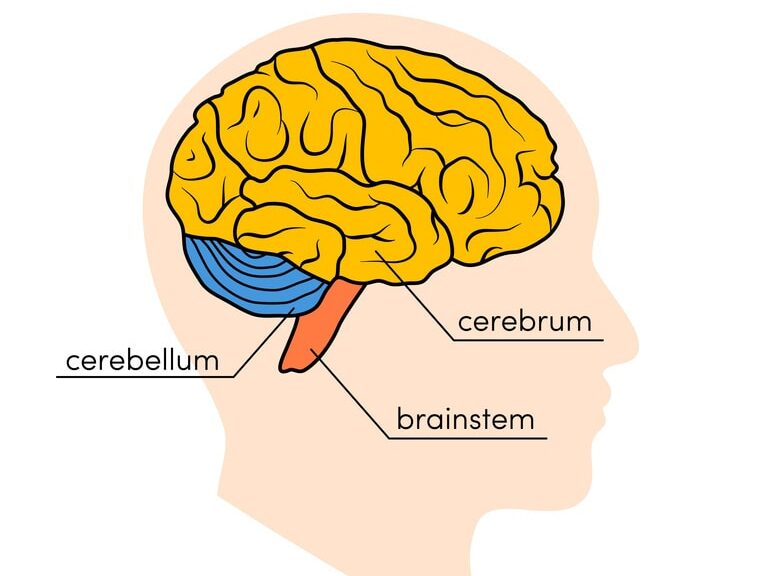
The brain is the central organ of our human nervous system. This along with our spinal cords make up our complete central nervous system. The brain itself consists of the cerebrum, brainstem, and cerebellum. Each plays an important role in the brain, and without even one working correctly…the brain overall will not operate correctly. We should probably break each of these down as well as the parts within.

Cerebrum
The cerebrum is what most often notice in science textbooks, as this is the area that tends to show the major regions of the brain we can remember. It’s also the largest part of the overall brain, so it tends to be the sector that gets the most attention. It contains the Cerebral Cortex (more on this below) as well as the hippocampus, olfactory bulb, and basal ganglia. This part of the brain is also the first portion of our brains that start to develop when we’re in our mother’s womb.
While we did not always do this, today it is common practice to separate the brain into two hemispheres. Called simply the Left & Right Hemispheres, both sides are critical. By the way, no one is actually right-brained or left-brained. One side is said to help with our ability to understand and comprehend numbers and large equations.
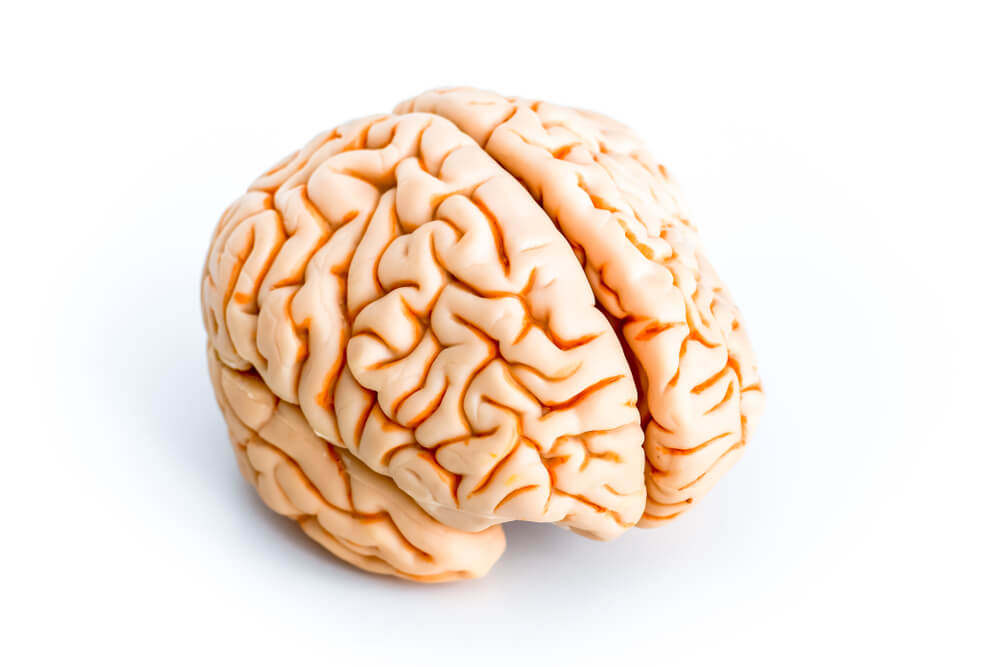
The other side is said to be where we get our creativity. However, you use your entire brain and not one section for a particular subject. Along with the cerebellum, the cerebrum is responsible for controlling all voluntary actions in the overall human body. Let’s examine some other important details about the Cerebrum. In particular the Cerebral Cortex itself.
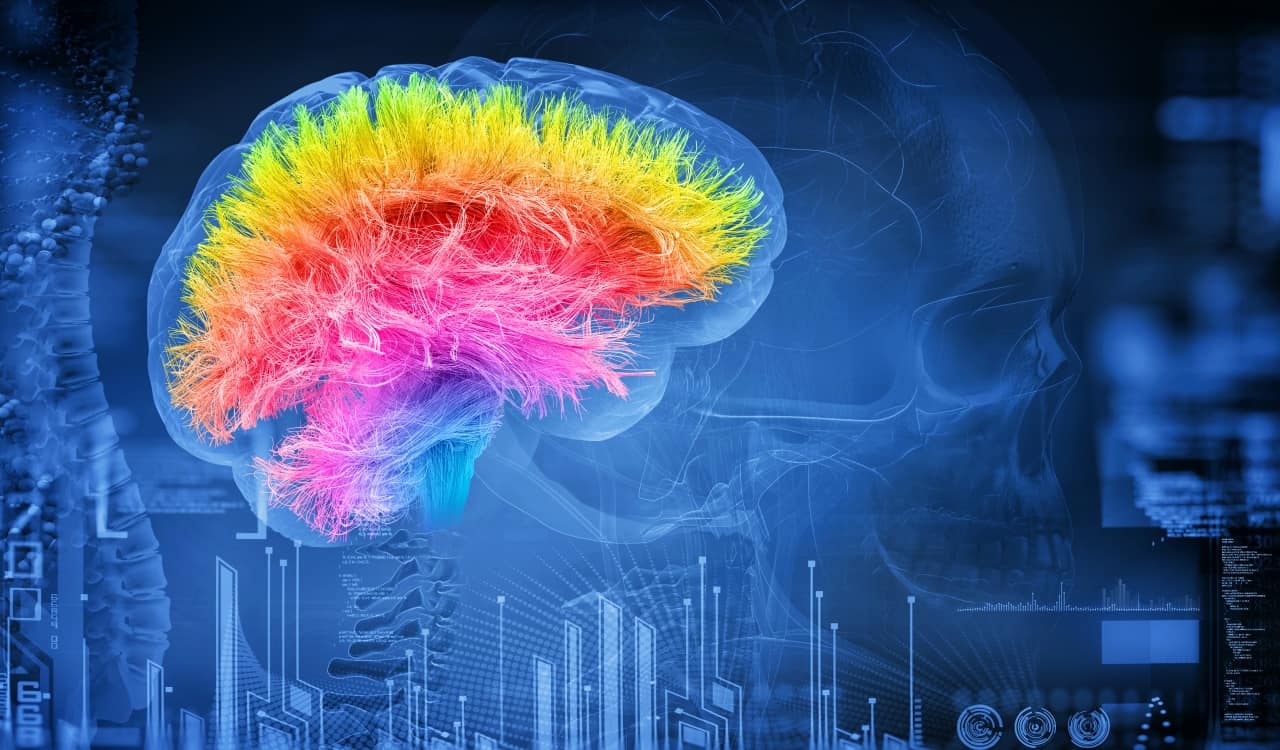
Cerebral Cortex
The Cerebral Cortex is folded in such a way that a major surface area of neural tissue fits within the neurocranium. The neurocranium is essentially the skull. Of course, the front and back sections are the most significant. When one unfolds the brain, there are about 1.3 square feet of space within each hemispheric cortex. Folding is inward, which goes away from the surface of the brain itself.
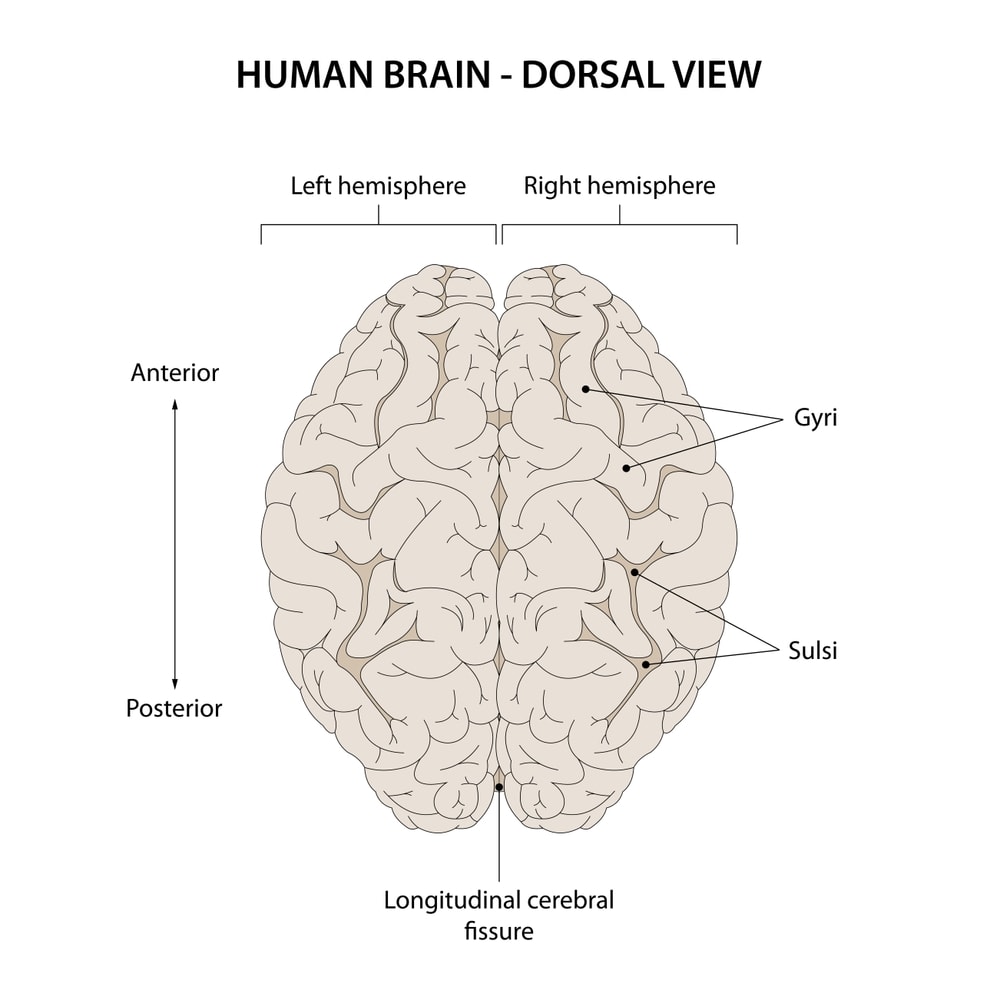
It’s also present on the medial surface of each hemisphere within the longitudinal fissure. Most people, however, know of the lobes. These are large versions of Sulci & Gyri Mark divisions of the cortex. Sulci & Gyri are interesting. Sulci are essentially grooves or troughs. Meanwhile, Gyri are basically peaks within the brain itself. There are 4 main lobes but also 3 lobules. Both are very important, so let’s go over them!
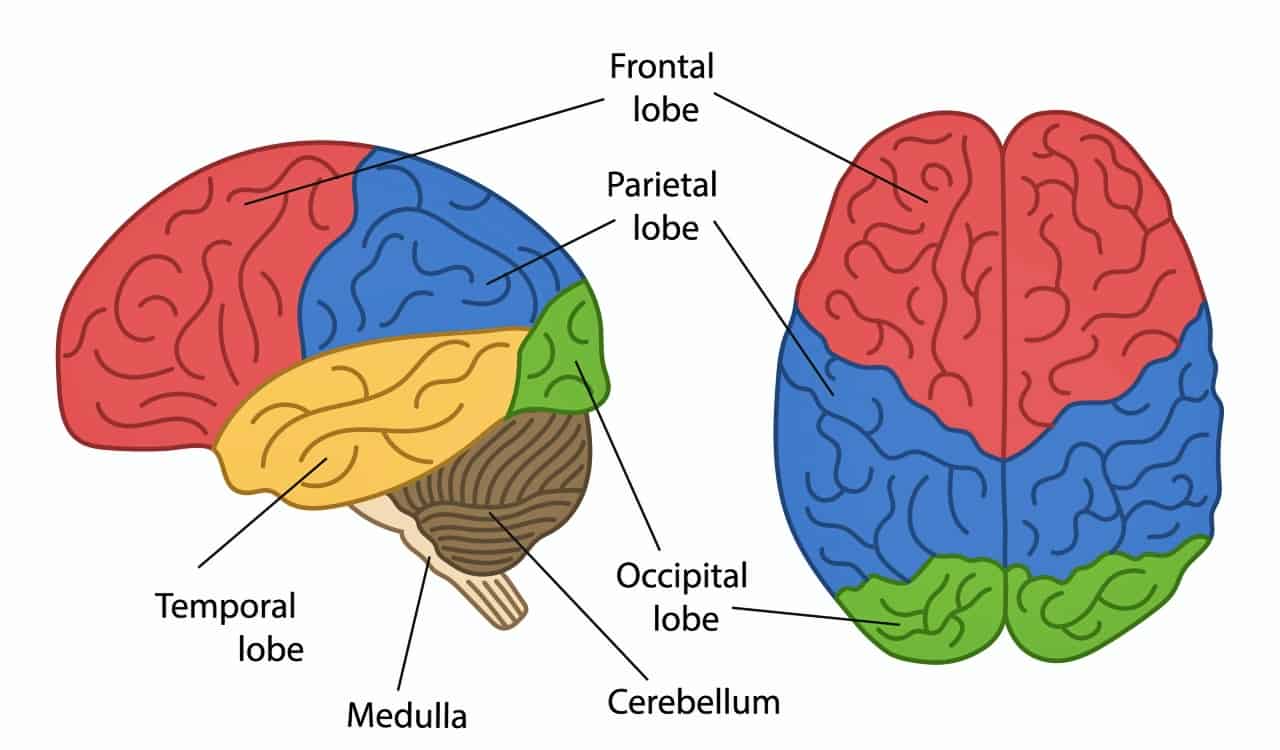
Cerebral Lobes
While there are 4 main lobes, as mentioned, there are a few more that are also worthy of inclusion as they still do a lot for the human brain. The Frontal Lobe is the largest of all the lobes, it is responsible for several useful things. It is what often controls our movement, attention, decision-making, planning, and even our speech. The Parietal Lobe is mostly known for its sensory responsibilities. While it handles “some” vision & hearing material, it is mostly known for being responsible for touch and taste.
The Temporal Lobe is responsible for sensory input and takes what the Parietal offers along with the frontal when it comes to sensory. It’s right on the line with the frontal, handling smell for the brain. It’s also responsible for hearing as well as memory and the processing of it. It will also handle emotion and partially even vision. The Occipital Lobe pretty much handles everything vision-related. From actually seeing something to processing it and sending the signals to the rest of the brain. This lobe can even affect movement coordination too.

The Limbic Lobe often revolves around every other lobe, acting as a connector. It is arc-shaped, on the medial surface of the brain. Officially, it navigates through the Frontal, Parietal, and Temporal lobes. Mostly in the sensory sectors. The Insular Lobe is also referred to as the insular cortex and is commonly linked with the lobes. It’s mostly residing in the same area as the Temporal and Parietal, often acting as a connector.
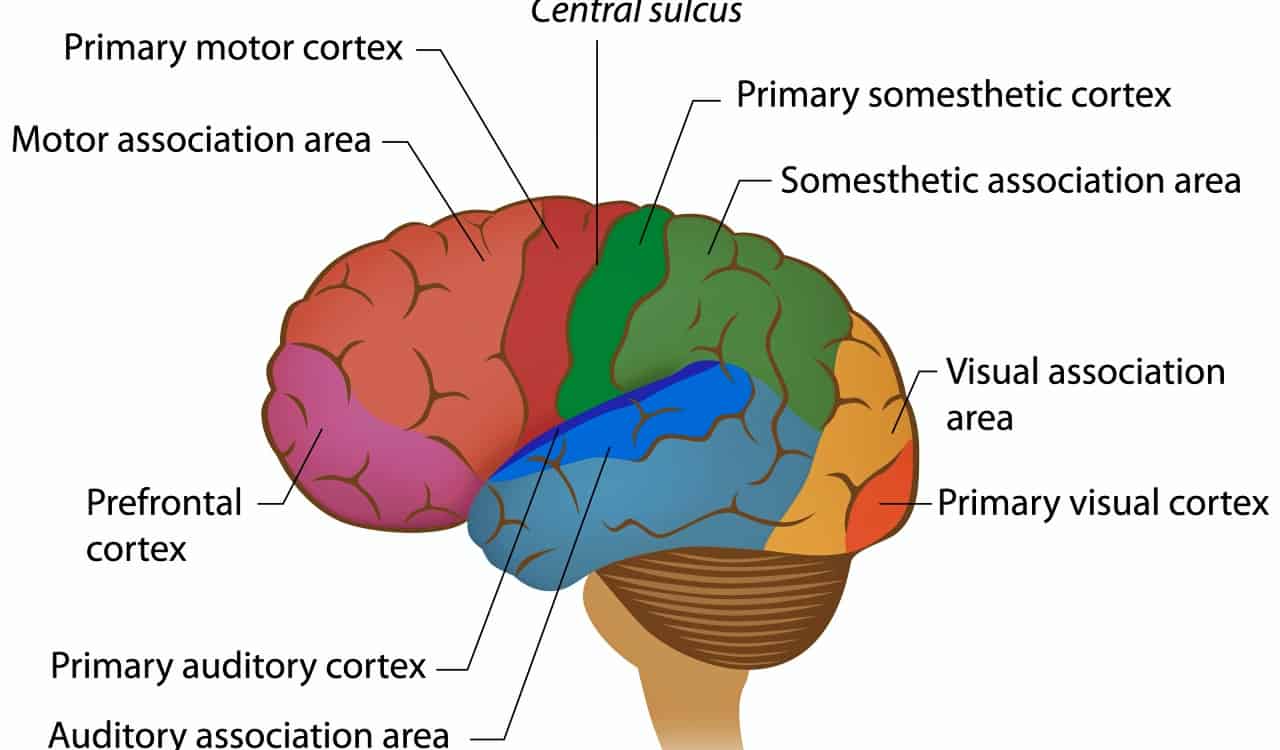
Cerebral Lobules
There are three lobules in the Cerebral Cortex, all of which do a ton of things for our brain. The Paracentral lobule is mostly located in the Frontal Lobe. It helps control motor and sensory innervations of the contralateral lower extremity. Basically, it affects sexual organs somewhat but is most often linked to helping us know when to defecate or urinate.
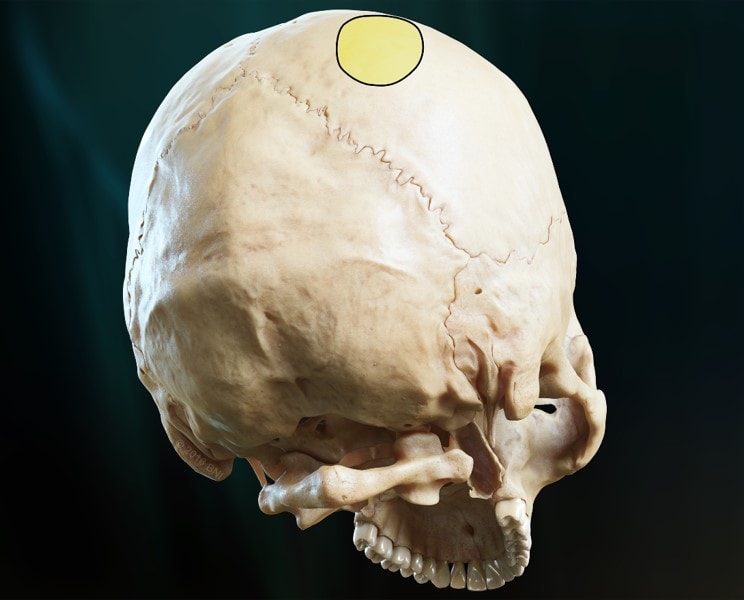
The Superior Parietal Lobule is located in the Parietal Lobe section and helps with a lot of the same things. In that, it handles a lot of sensory material too. The Inferior Parietal Lobule is a lot like the last, but perhaps more important to some. It is known for affecting emotions, then it works with this to develop the proper needs for language, and memory, and even handles mathematical operation stuff as well as how we see ourselves.
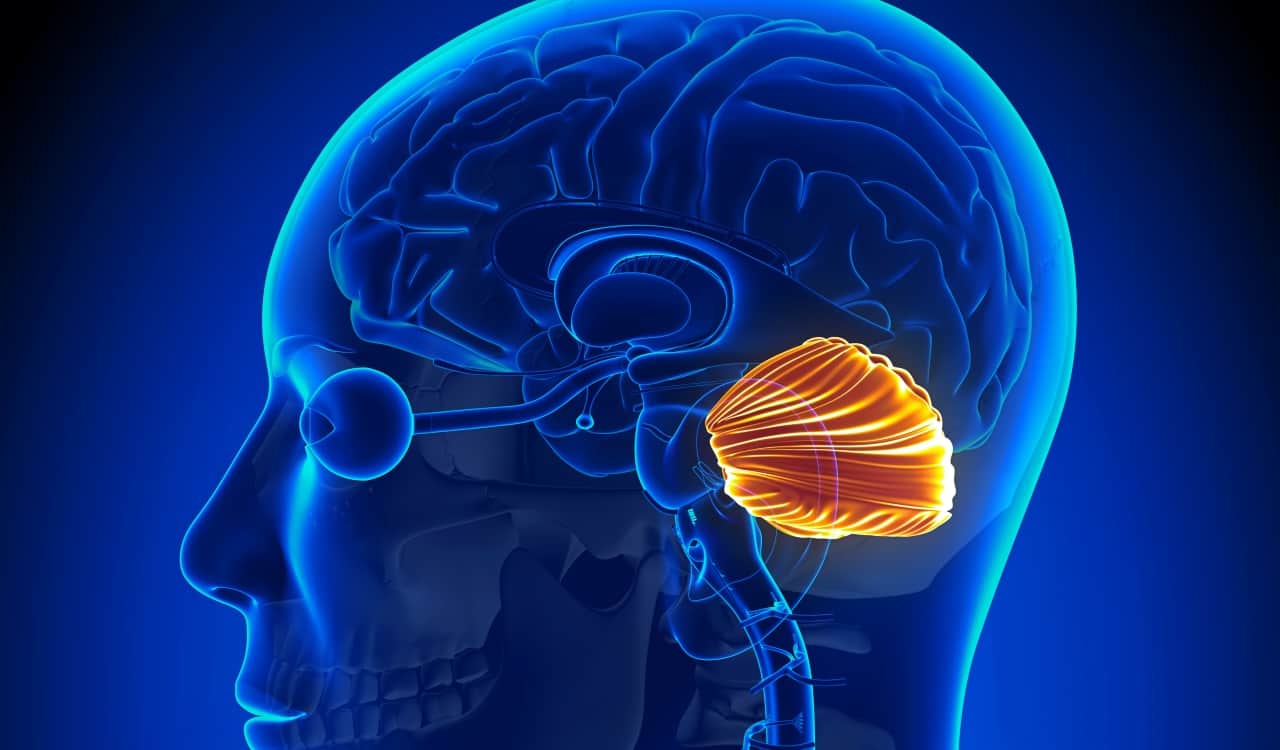
Cerebellum
Often referred to as the “hindbrain” or the “little brain,” you’ll find it located just under the main section of the brain. It’s of course connected to the lobes and main section of the brain too. However, it’s connected heavily to the spinal area with vertebrae that surrounds it. Overall, it plays a critical role in our motor control. It has even been shown to be important for major functions like attention and language.
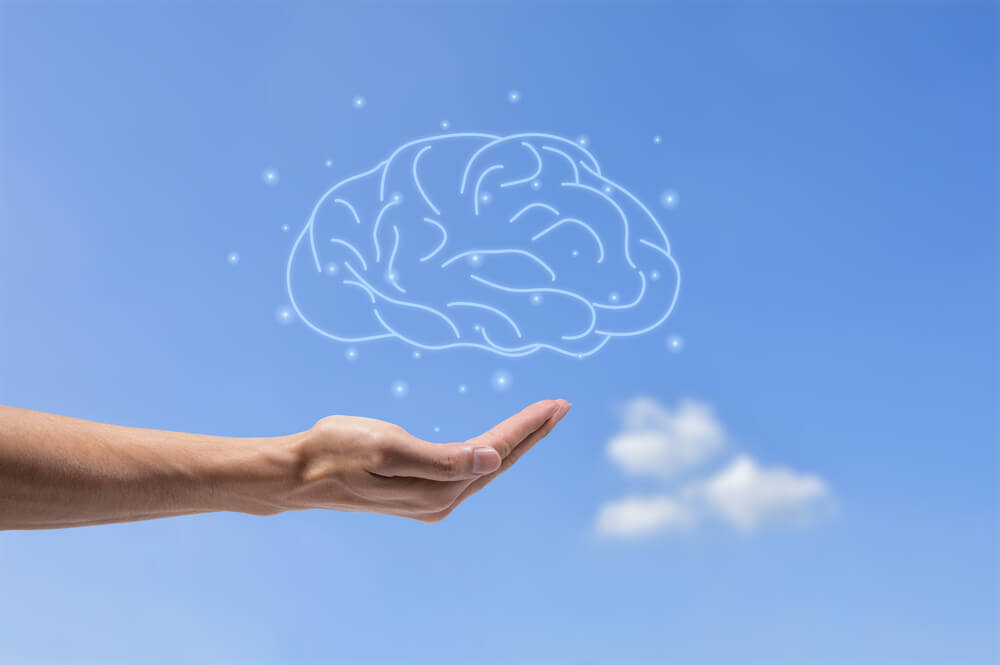
This also helps to regulate major emotions such as our ability to fear things and feel pleasure. While it does not initiate our movement, it does contribute to critical areas of it. This involves a role in the coordination, precision, and accurate timing of our movement. It accomplishes this by sending a message from the sensory systems of the spinal cord as well as other parts of the brain. The Cerebellum will then input these and pop out the finely tuned motor function we need.
It may not handle all our biggest functions, but it does still handle so much in the motion sector that it is incredibly important too. This is why damaging this area could be horrific long-term for humans. While disorders can happen from trauma to the cerebellum, others are random or hereditary. Those will likely come about slowly unless one is just born with a disorder.
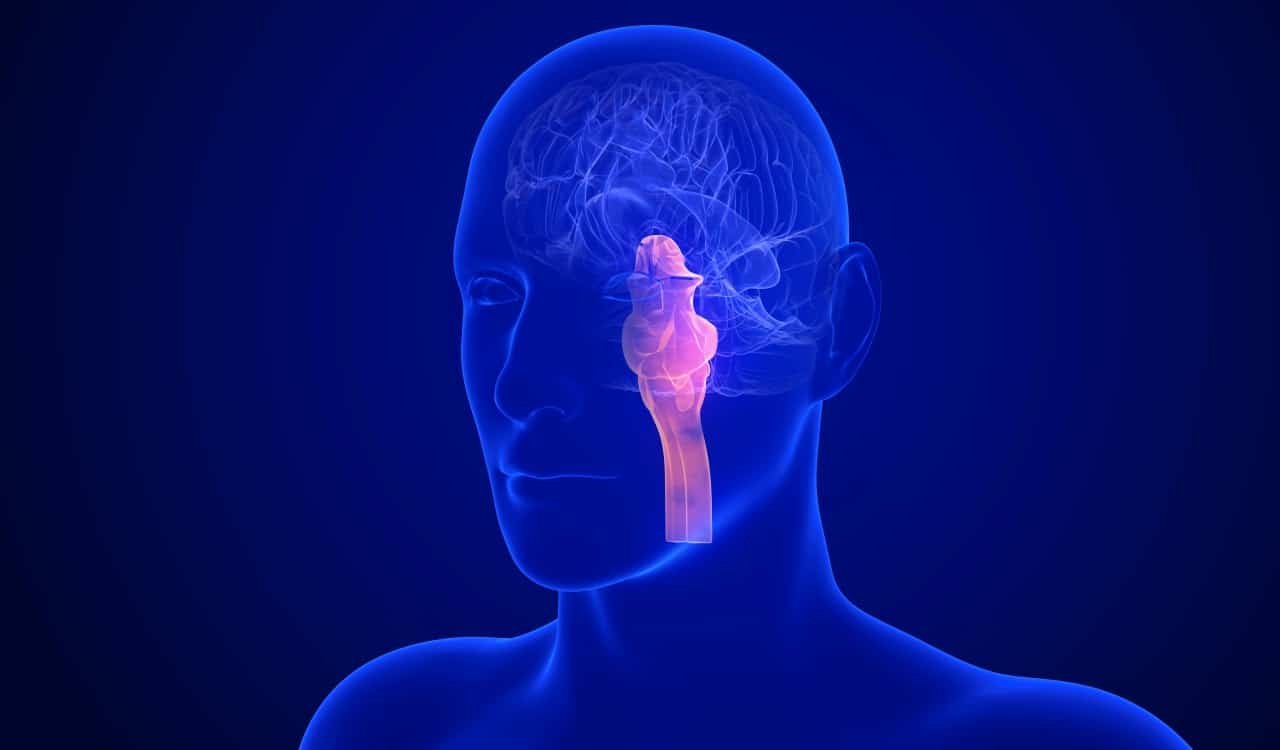
Brainstem
The Brainstem is yet another critical part of the brain that extends into the spinal cord. It tends to handle some important jobs for the brain and overall body. Though it’s small in stature at just 2.6% of total weight, it is responsible for so much. From the cardiac and respiratory function to even controlling our breathing rate and heart rate. It is also known for providing the true main motor and sensory nerve supply to our face and neck.
This is due to the cranial nerves it affects, of which there are 10 in total. They’re also responsible for the regulation of our entire central nervous system as well as our sleep cycle. It’s important in conveying motor and sensory pathways from the human brain to the rest of the body. It also sends signals from the body to the brain too! This is obviously critical.
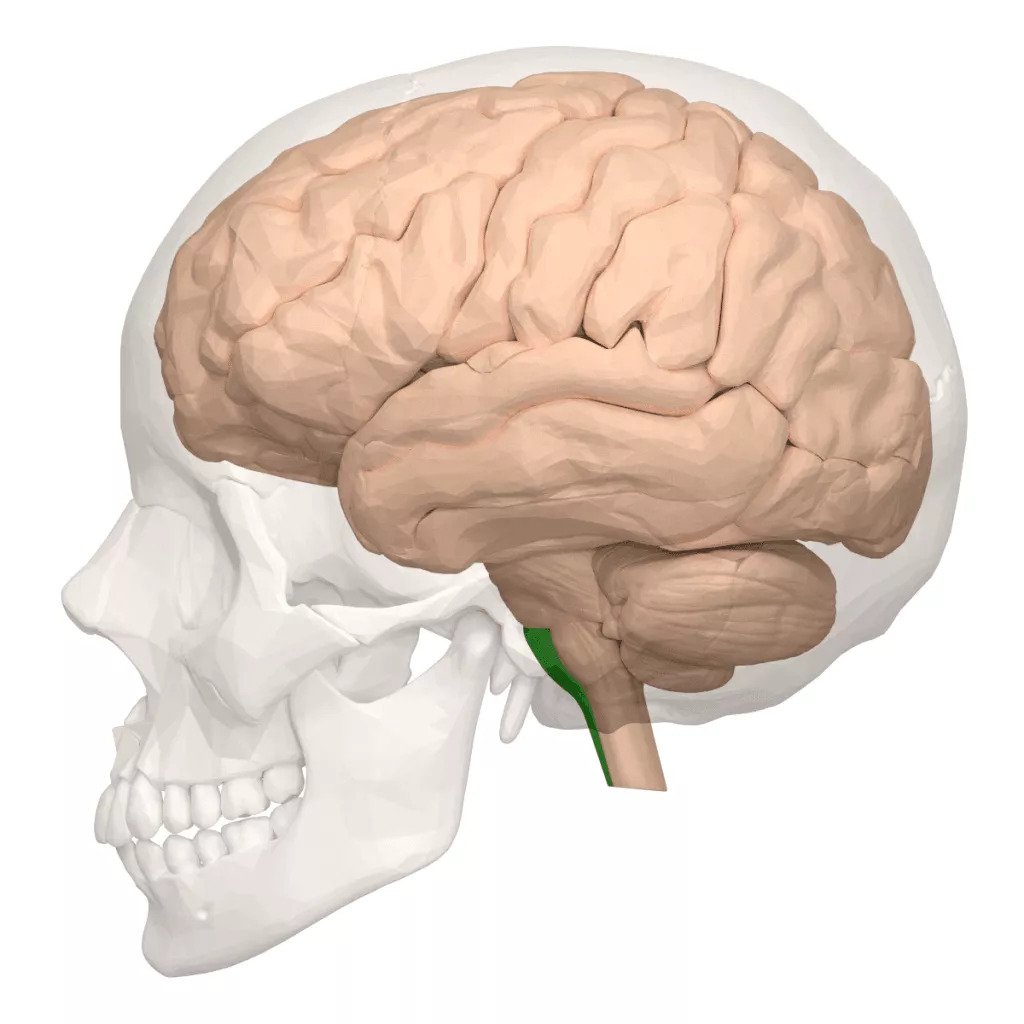
Of these pathways, each handles important roles. For example, the dorsal column medial lemniscus pathway is responsible for fine touch, the sensation of vibration, and proprioception. Along with that is the spinothalamic tract, which handles pain, temperature, itch, and crude touch. Meanwhile, the corticospinal tract handles motor function overall.
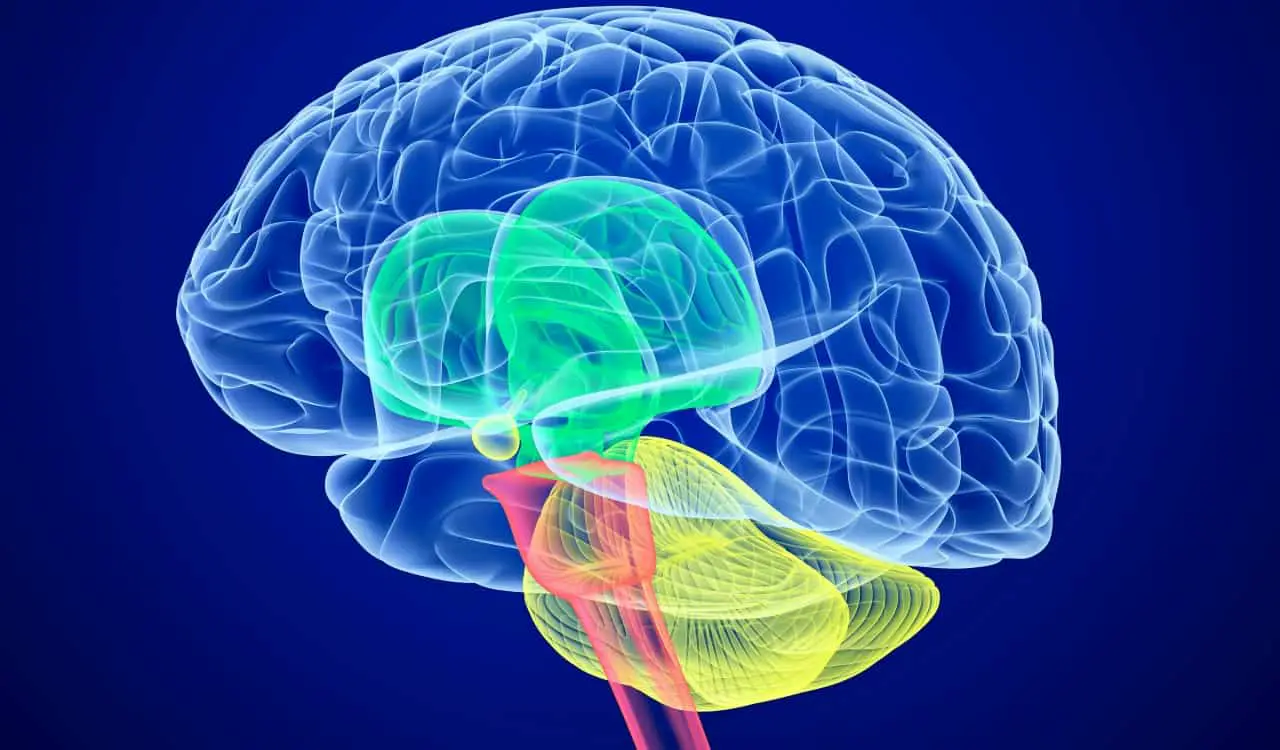
Parts Of The Brainstem
Our brainstem includes the midbrain, medulla oblongata, and pons. Each, of course, is critical to the Brainstem working effectively. Let’s go over them a bit. The Medulla Oblongata is an important portion of our central nervous system. It is technically a continuation of the spinal cord into our brain, but it connects mostly to the skull. It forms in the lowest part of our brainstem, and it’s critically responsible for control centers for the heart and lungs.
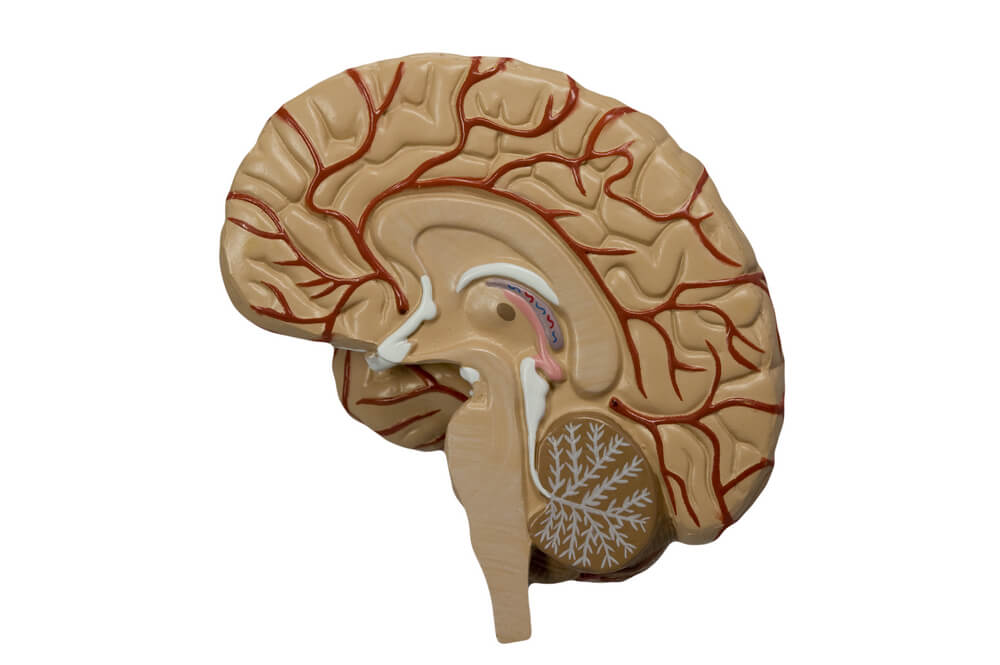
The Midbrain is located in the forward-most portion of the brainstem. Often, it’s associated with vision, hearing, sleep, wakefulness, motor control, arousal & alertness, as well as our overall temperature regulation. Essentially, it handles a lot of big stuff.
The Pons is also referred to as the Pons Varolii, and it’s located in the region of the brainstem that’s responsible for the neural pathways and tracks that conduct signals from the brain to the cerebellum and medulla. The tracts will also carry sensory signals up into the thalamus. Thereby making the pons major connecting tools to the rest of the brain. Without them, we’d be in big trouble.
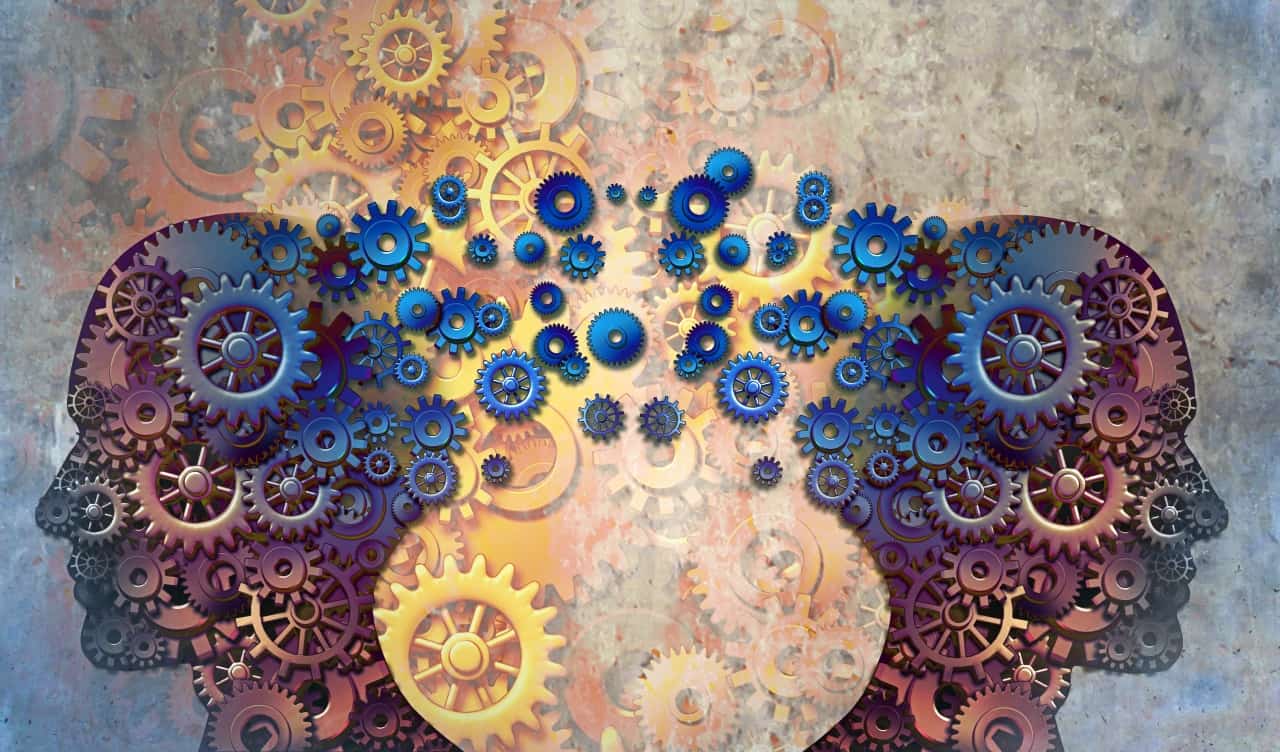
Social Science Of The Brain
Before people even were 100% sure of what the brain did, they were discussing possible disorders or feelings. Places like Ancient Egypt and Greece mentioned numerous different ailments or disorders. Egyptian Papyrus scrolls referred to what we now call depression. Greek Philosophers Socrates, Plato, and Aristotle also discussed the workings of the brain too. It would take The Enlightenment in Europe before true studies of the human brain were conducted.
While studies on the actual brain had been done beforehand, the effects of the brain from trauma, mental disorders, and more had not. This all changed in the 1800s when Wilhelm Wundt came along. He was the true first official Psychologist and wanted to teach the world about it through a dedicated school.
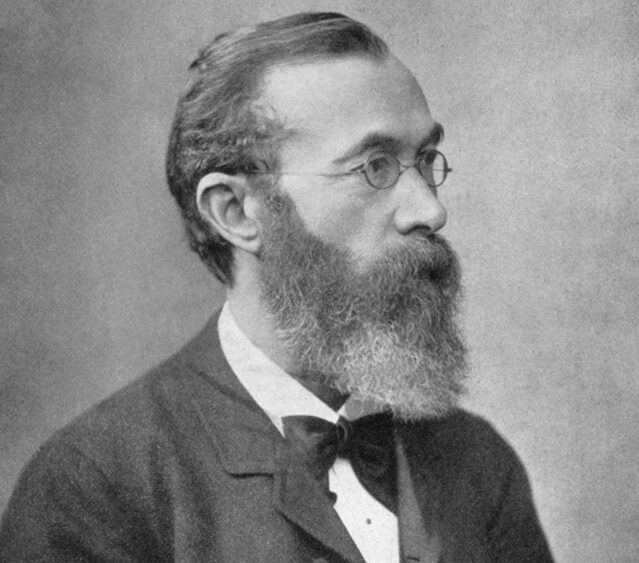
He did just that when he opened one in 1879. Called the Institute for Experimental Psychology, it was placed within the University of Leipzig in Germany. It was the world’s first lab dedicated to psychology. The beginning of Modern Psychology began here. This jumped eventually into different branches and types, as well as counseling, therapy, and much more.

Brain Disorders
For centuries we’ve seen mental disorders in humans. Rather than understand this, most people would just treat those with mental disorders poorly. They’d be made into Royal Fools at times while others became servants. The Spartans, however, would look for any possible defects in a newborn or adolescent.
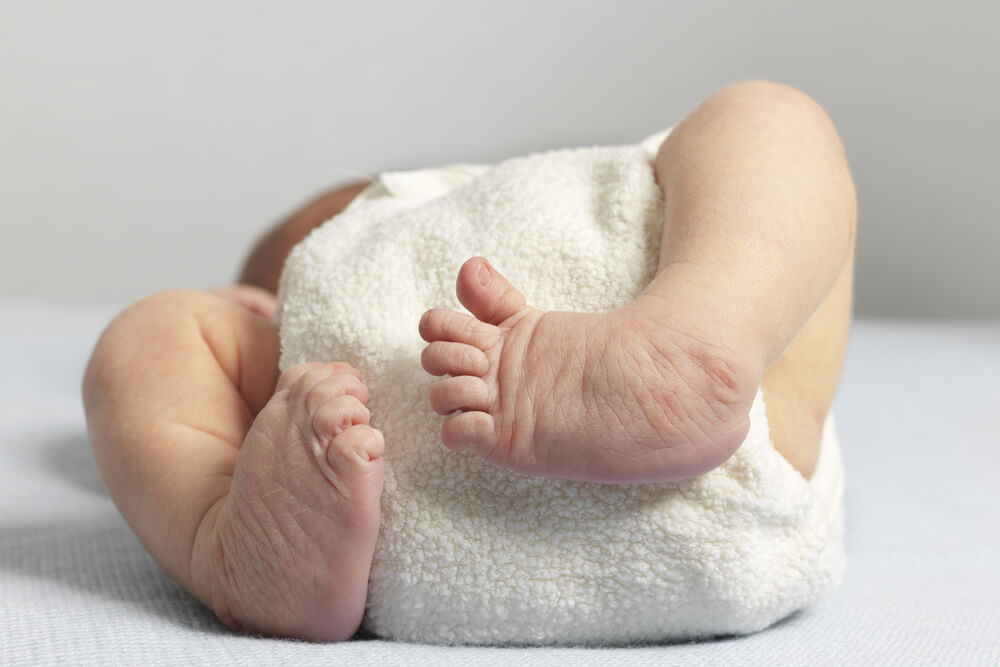
If they showed any mental imperfections, they’d murder the child. This was not an uncommon practice in other cultures either, sadly. Many brain disorders were misunderstood with a lot of them occurring after battles or wars among men. The major thing to remember about a lot of mental disorders is that they can occur in a variety of ways. It could be something like an injury, trauma, or even something a parent passed down.
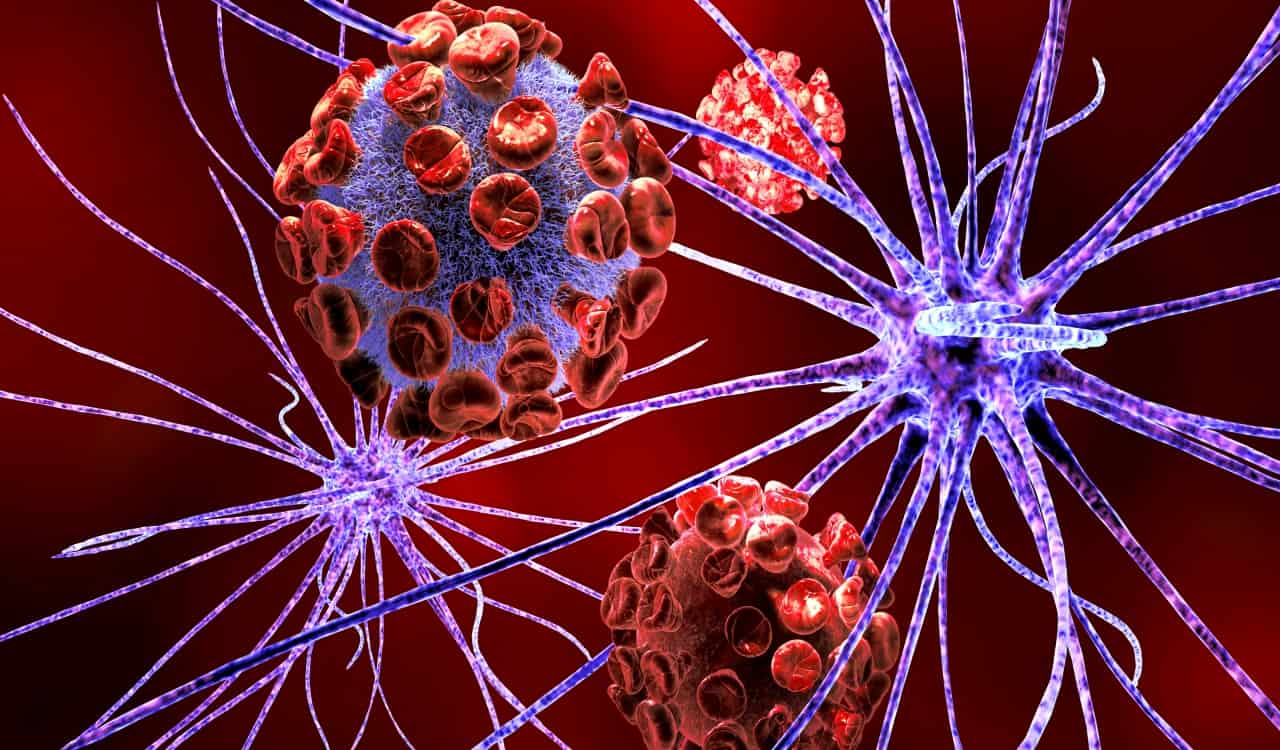
Hereditary Disorders
These are pretty simple to understand, they are the type of mental disorders one might have if a parent has something. Keep in mind, some mental disorders won’t translate over if the parent developed it through substance abuse or trauma. For example, if they have clinical depression from this…the child won’t suddenly develop it the same way.

Meanwhile, if they naturally ended up with severe depression issues then this was not caused by trauma. Rather, it’s part of their brain and therefore “could” transfer to the child. There are many disorders that can do this too, such as depression we mentioned. Yet you might also see this with something like Huntington’s Disease, Bipolar Disorder, or Schizophrenia.
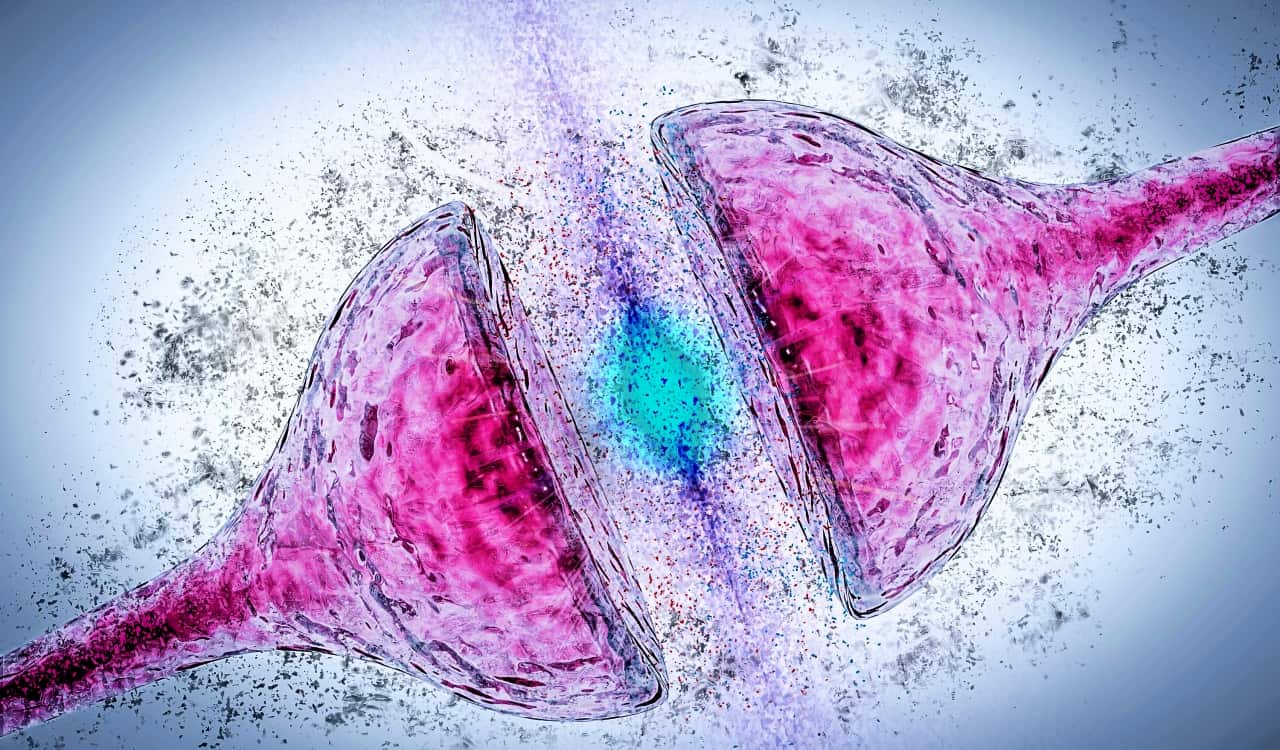
Random Disorders
From Hereditary to the randomness of our brain, there are numerous disorders one can randomly develop. Some of these happen later in life while others could happen pretty much anytime from childhood into late adulthood. Think of something like anxiety or depression here, but also consider something like Parkinson’s, Alzheimer’s, and Dementia.

Others you might experience in this way include Multiple Sclerosis, Cushing’s Syndrome, Locked-In Syndrome, Meningitis, and Encephalopathy. There are others beyond this that could happen at random, such as strokes. While a stroke tends to affect the heart like a heart attack, it also has a direct connection to the brain. Thereby causing sometimes severe, irreversible brain damage.
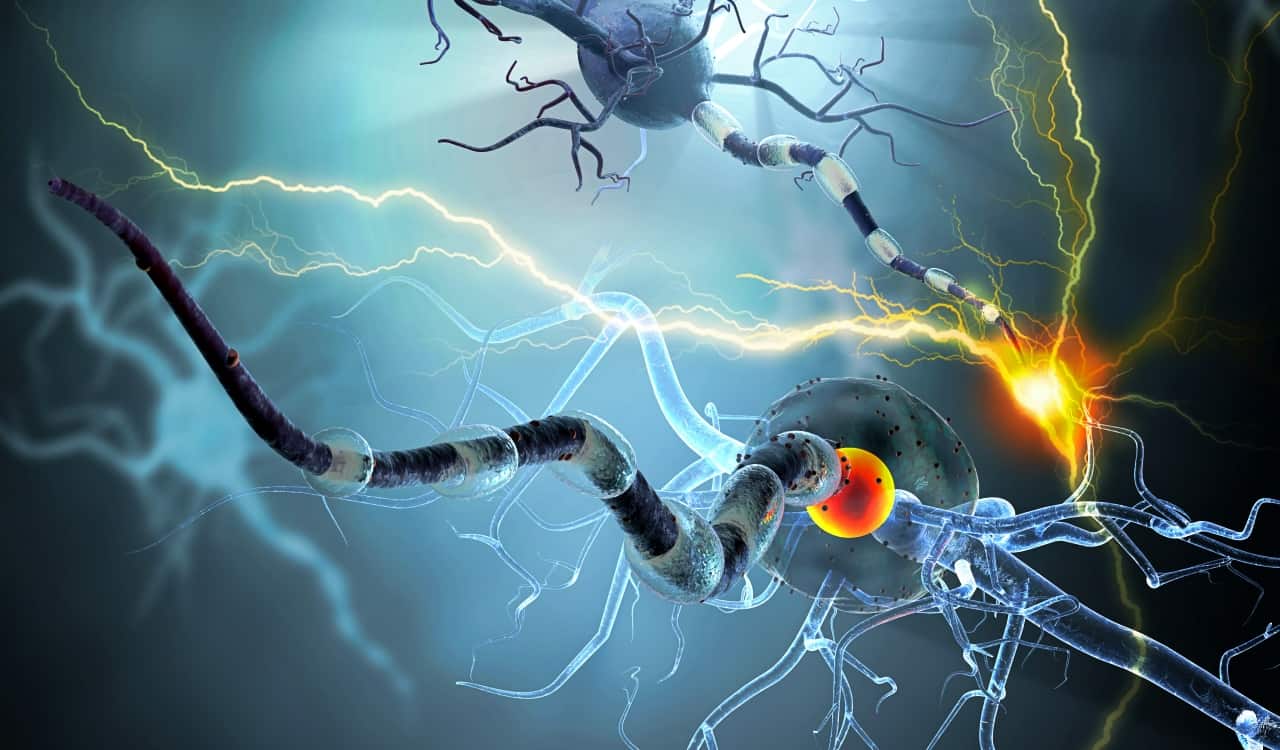
Nerve Disorders
Nerves play a massive role in our bodies and seem to connect us in a variety of ways. We’ve already highlighted several that the human brain might deal with. Yet nerves could play a role in something like Multiple Sclerosis, but also something like Cerebral Palsy and Bell’s Palsy. Tremors tend to be nerve related as well as any atrophy or neuropathic issue.
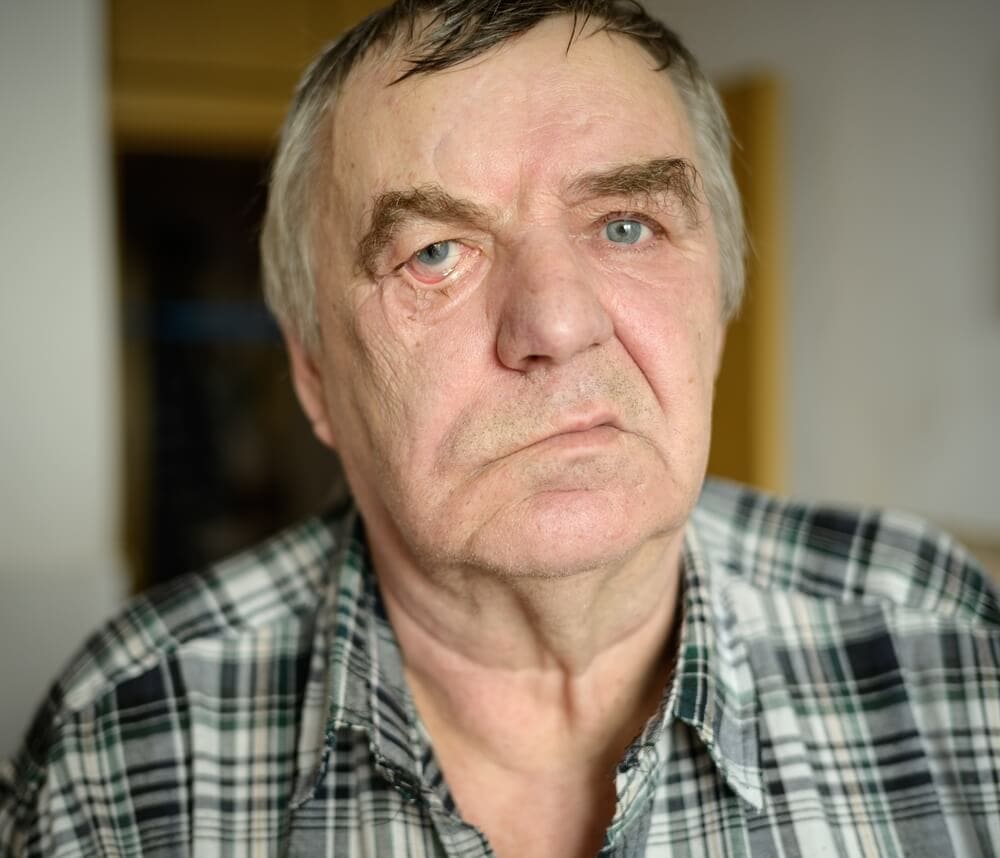
Even something like Epilepsy or any form of Seizure is directly impacted by nerves. Of course, there are some nerve disorders that can cause a person to be in pain. Think of something like Fibromyalgia here. The beauty of the current medical world we live in is that many of these nerve disorders have treatments. Medications and Therapies are available now more than ever, with many people experiencing a better life due to them.
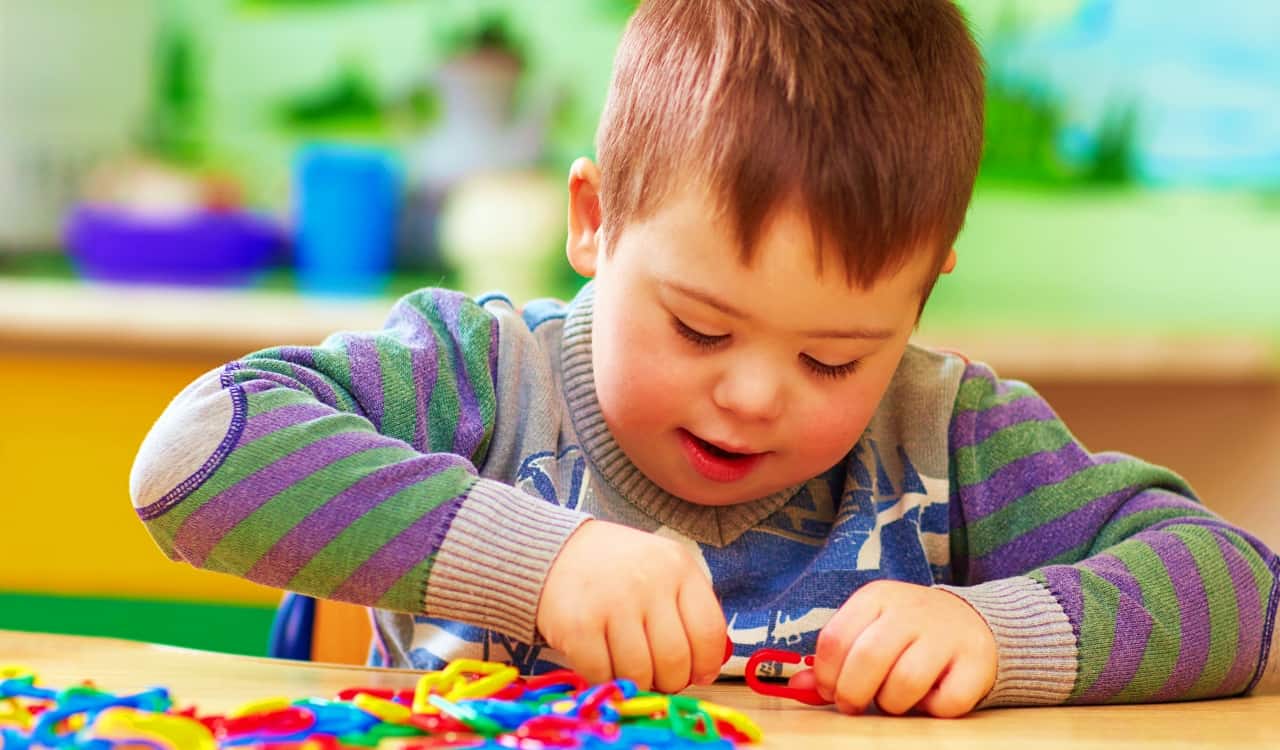
Autism
We wanted to make a quick note about Autism, as it’s often misunderstood. It sort of goes along with the nerve-related stuff but it truly needs its own section. There are some who might believe that it can be caught or randomly developed. Others believe it can be contracted through your standard vaccine, yet this is completely untrue. You have to be born with Autism. There is literally no other way to have it, and there have been countless tests that have proven this.
There are some who like to mention “The Autism Spectrum,” which is a real thing in the psychological and medical communities. However, this is merely the version of Autism that a person has. It’s pretty much that simple really. There are technically three to speak of, which are:
- Autistic Disorder (Referred to as Classic Autism)
- Asperger’s Syndrome
- Pervasive Developmental Disorder – Not Otherwise Specified
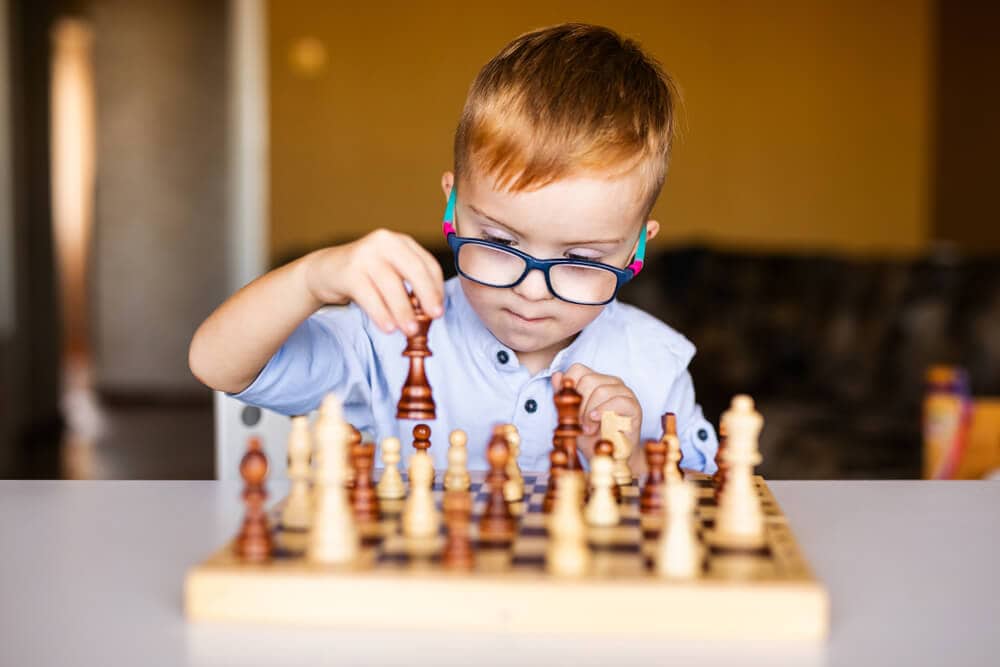
Classic Autism will usually provide the same symptoms one tends to associate with Autism. Asperger’s will often be a mild form of autism that may or may not result in a person being more social. They likely will also not develop the “autistic face” that classic autism is known for. PDD-NOS was not formerly associated. However, people with this had all the hallmark symptoms of autism yet wouldn’t actually be autistic. Usually, social and verbal skills were below standard, sometimes vastly. This might be due to an impairment or some other type of issue similar.

Social, Learning, Or Behavioral Disorders
While some of the disorders mentioned above may connect here too, others have yet to be mentioned. These might very well be some of the newest in terms of acceptance too. Learning Disorders used to be avoided completely. Social or behavioral disorders were also assumed to just be a problem with a child not caring or a lack of proper parenting.
Learning Disorders are extremely common and often have to deal with complex subjects such as mathematics. A person, try as they might, simply cannot learn something and/or retain information. Math more than any other area has this problem. Yet it also occurs in Language and Reading too.
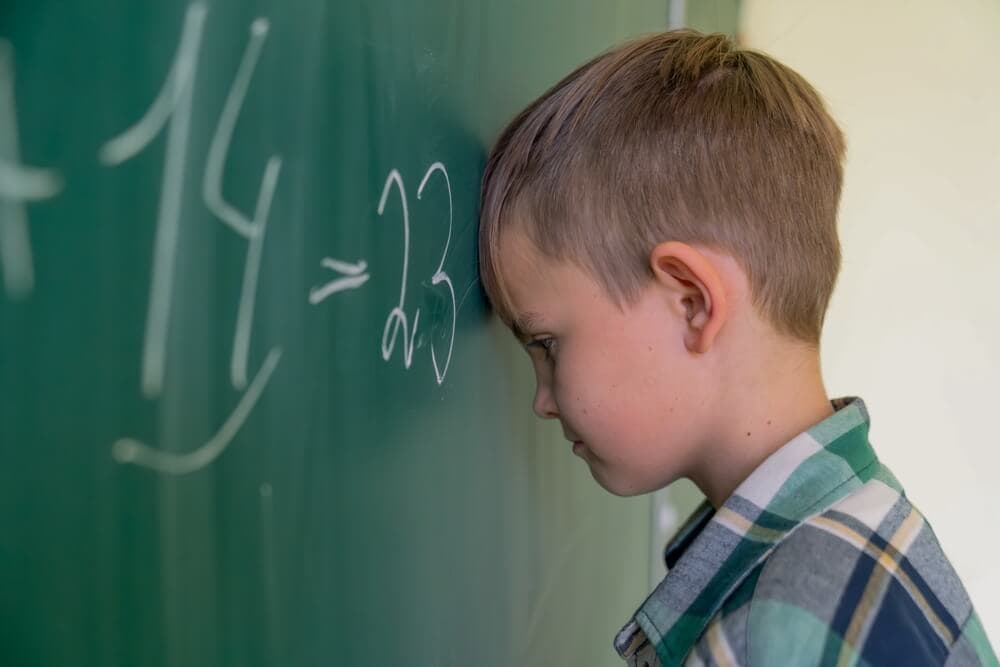
This is where a person cannot comprehend or retain what they are reading. For example, Dyslexia will force the brain to mix letters and numbers up. Meanwhile, Dysgraphia involves the issue of not being able to physically write. It basically means a person could know the letter but they cannot actually write it for some reason.

ADD/ADHD Issue
One of the major things people concern themselves with is ADD/ADHD. This affects a person’s ability to focus, which also causes them to have trouble learning and/or retaining information. It used to be that ADD and ADHD were considered different as those with ADHD had tons of energy while those with ADD merely had trouble focusing. It was later found that people with ADD still have a hyperactive mind, thereby fitting the ADHD name.

They have often been misunderstood for being stupid, when in fact they are often quite smart. People with this simply have trouble finding a way to recall information in their brains. They also might speak incredibly fast due to the feeling that they need to get more words out, as their brains are forcing more and more. We’re just now starting to understand how to properly understand ADHD, as more information has been attained on the disorder in the 2000s.
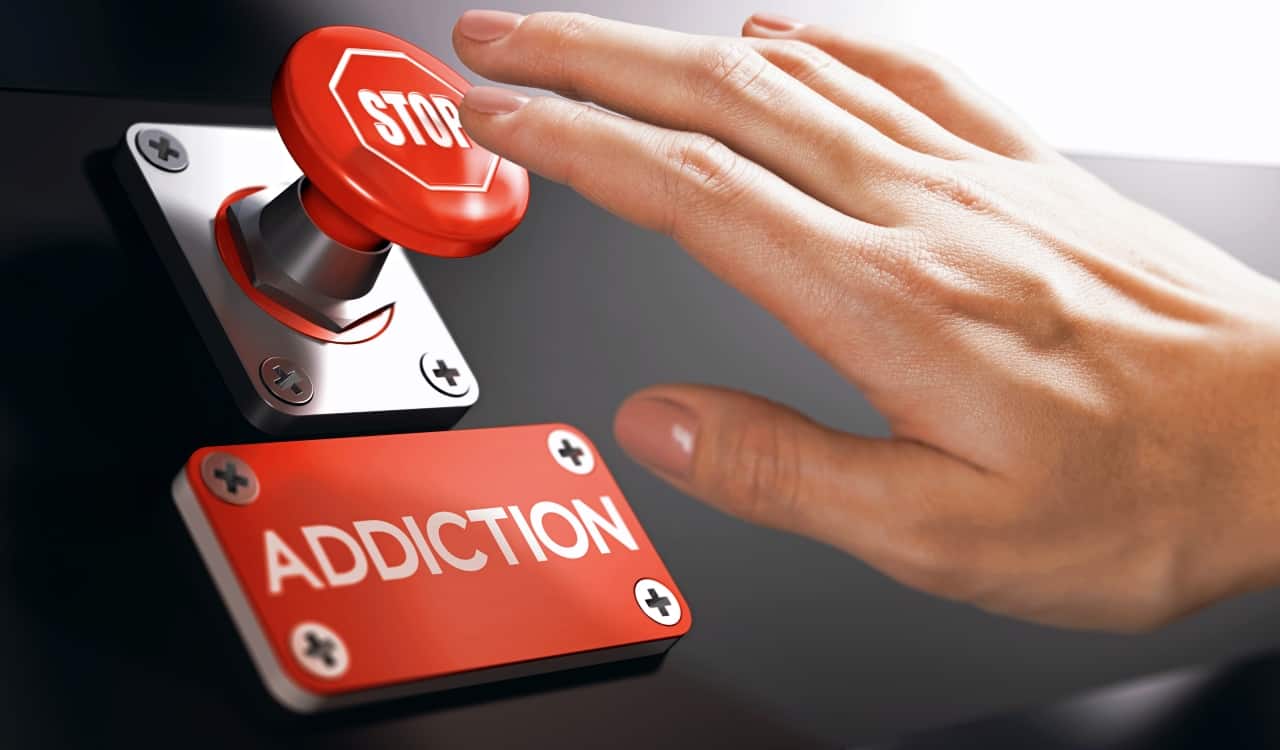
Trauma-Related Disorders
One thing often forgotten is that trauma could be connected to anything. The human brain holds no distinction for some stuff sadly. Of course, when we speak of trauma we mention something that could happen from an injury. Hematomas (brain bleeds), for example, is the type of thing people often associate with this. However, there are others that might seem as impactful but are still important. Whiplash, for example, is a huge issue in this area too.
Yet Addiction can also cause several problems, not just more addiction issues. However, it’s the function of the brain that can be affected more. This is mostly due to the introduction of mind-altering drugs. Cocaine, Acid, LSD, Meth, MDMA, Peyote, and many others affect the brain in a very negative way that can cause long-term problems. This, in turn, will cause trauma just as much as an injury could.
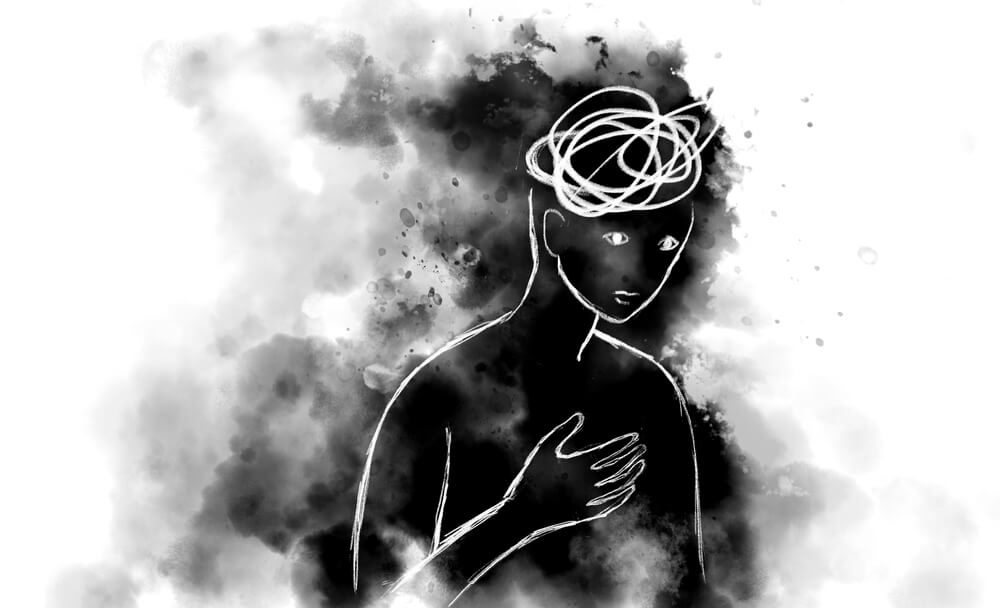
Of course, there are some psychological issues like stress that can come from trauma. Called Post-Traumatic Stress Disorder, people suffer through this due to past traumas that happened to them or even someone they love. The big one, however, is the Traumatic Brain Injury. This tends to exclusively happen from a severe blow or several severe blows to the brain. This can go from mild to severe. Obviously, there is one very well-known TBI that people used to forget about.

Concussion
A concussion is a mild form of TBI. It too can go from mild to severe, with some people suffering long-term effects from them. The problem was that many even understood that sustaining too many blows to the head had to be bad. It was even made fun of a bit in movies, such as Not Another Teen Movie. In this film, a student on the school’s football team had sustained a lot of concussions.
As a result, they had a counter displayed with the amount he could take before it would essentially kill the guy. Therefore, even before the most recent discoveries, we’ve known the problems concussion can cause the human brain. Yet many organizations fought against this, especially the NFL and NHL.
In fact, coaches and team doctors would allow players to compete in games after sustaining a concussion in the very same game. Some missed no time at all, giving zero time for the brain to heal. This only made concussions even easier to sustain. However, some brave people fought against this in sports.
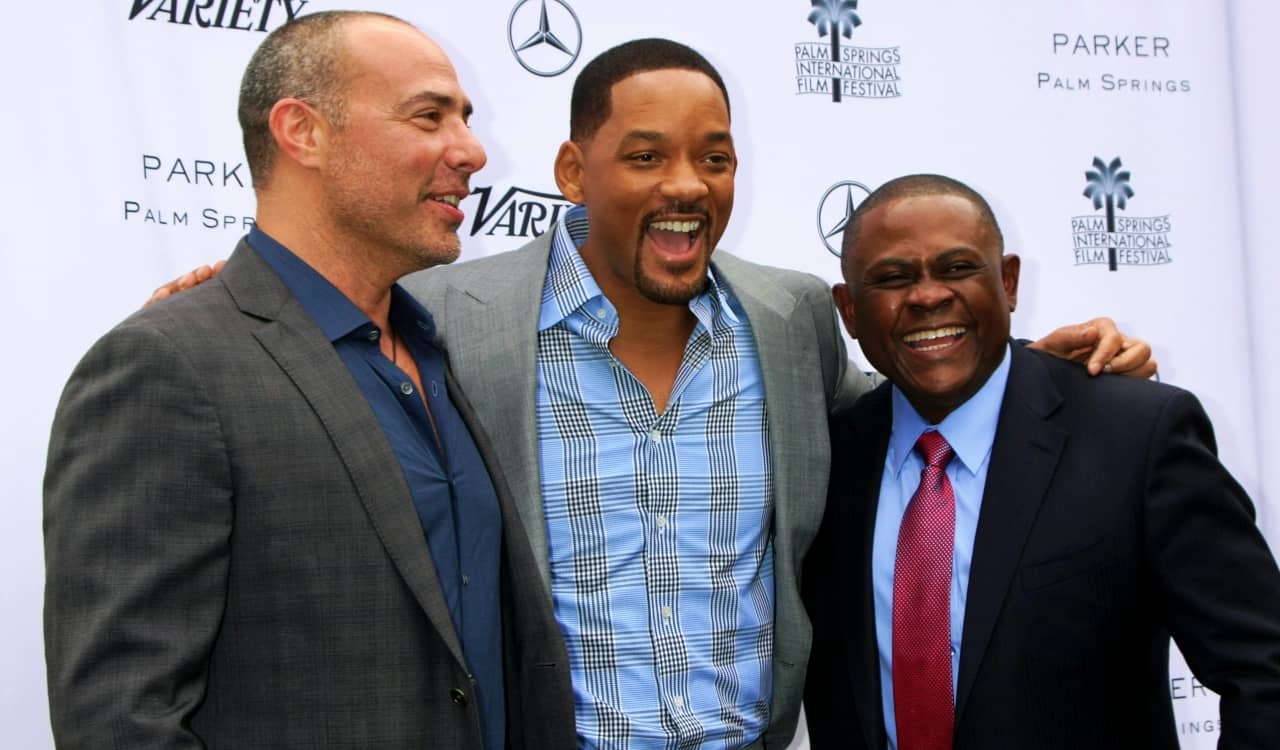
Chronic Traumatic Encephalopathy (CTE)
Very little was known about CTE to the major public. At least, until the mid-2000s. That was when Dr. Bennet Omalu studied the brain of the suddenly deceased former Pittsburgh Steeler, Mike Webster. Sadly, Webster attempted suicide multiple times, had severe depression and mood disorders, and abused drugs. On top of this, he struggled heavily with cognitive and intellectual impairment. Omalu discovered he had chronic traumatic encephalopathy, better known today as CTE.
This is a brain disorder that happens due to numerous blows to the head or repeated concussions. After teaming with Neurosurgeon Julian Bailes, Omalu studied former NFL players Terry Long, Andre Waters, Tom McHale, & Justin Strzelczyk. In Long alone, they found his brain was similar to “a 90-year-old brain with advanced Alzheimer’s.” Harvard-educated Chris Nowinski spent a few years in the WWE. He’d sustained a few concussions and eventually had post-concussion syndrome.
This forced him to retire and inspired him to write the industry-changing book Head Games: Football’s Concussion Crisis, which came out in 2006. Since this book came out, he opened up a facility dedicated to concussion research. Called the Concussion Legacy Foundation, they have studied dozens of brains. Nowinski has been a huge asset to bringing worldwide attention to CTE ever since.
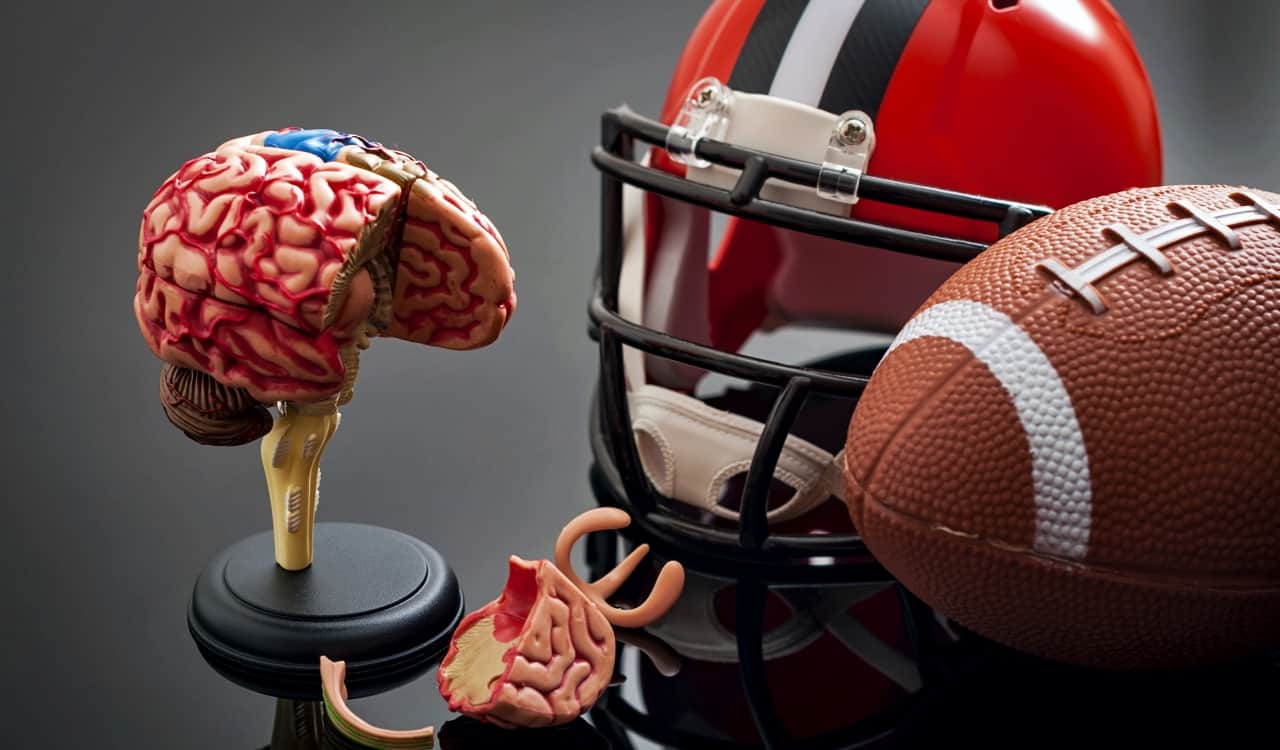
Sports Effect
Beforehand, we knew that blows to the head could cause some issues. This was mostly due to boxers like Muhammad Ali, who developed Parkinson’s disease. This is a direct result of his boxing career. It seemed obvious, but with boxing gloves and helmets on…how could the human brain be at risk?
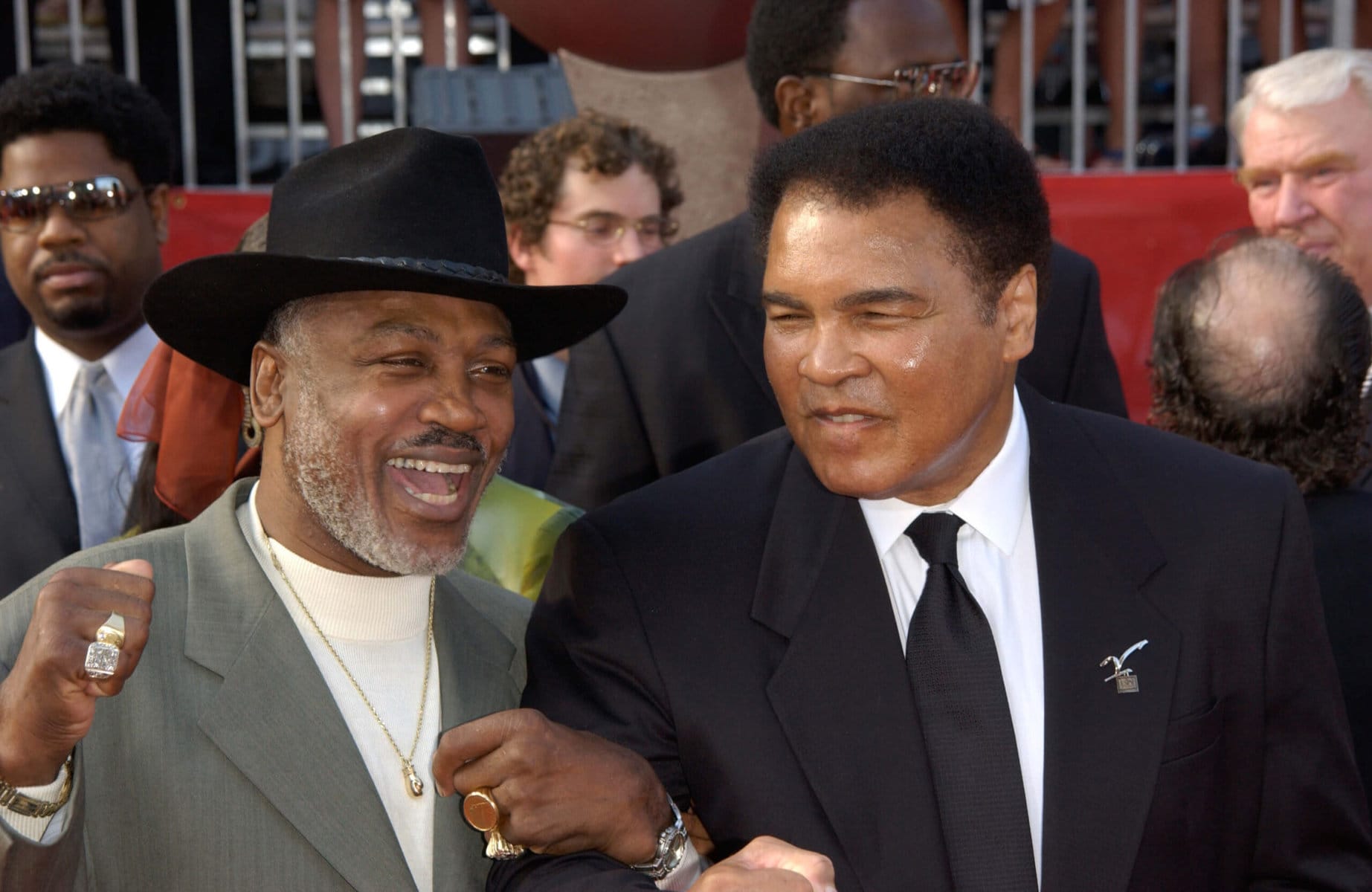
It was found that concussions and even CTE, later on, could not be stopped by these things. In fact, helmets don’t do anything to protect the brain, we’ve found. In 2007, Omalu & Bailes took their CTE findings to NFL Commissioner Roger Goodell who essentially dismissed their research. Several other organizations dismissed the idea too.
The NFL would eventually relent in 2016, even agreeing to pay past players millions. They also developed rule changes, as well as the NCAA, to protect against concussions during games. Such as removal from full games and getting a non-team or non-school-related doctor to check out a player before they could return. Boxing even addressed this a bit as did MMA. We’ve seen fewer issues in all sports as a result.

